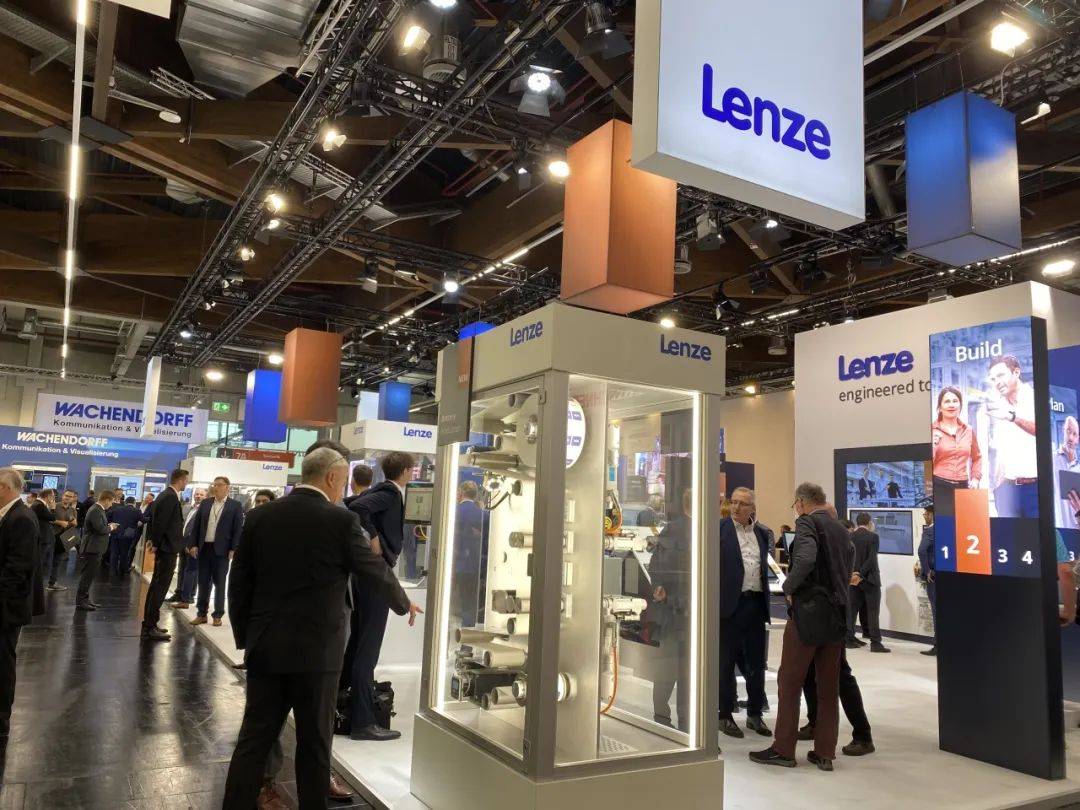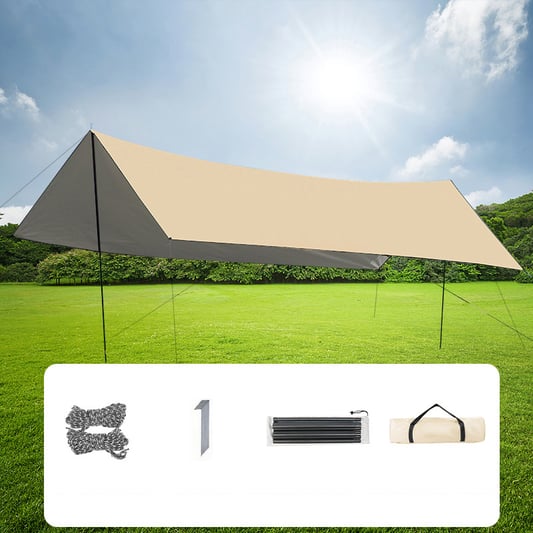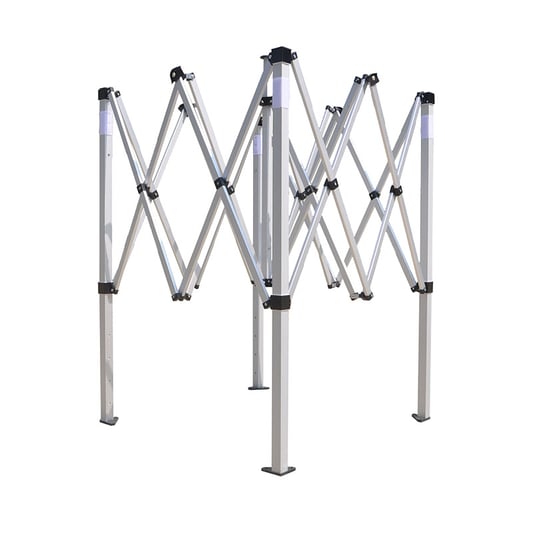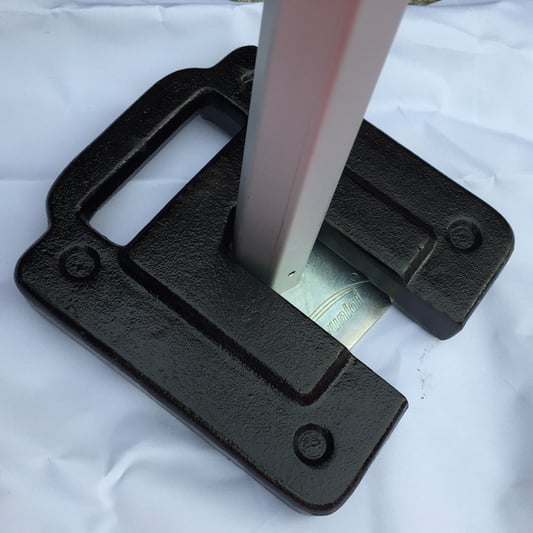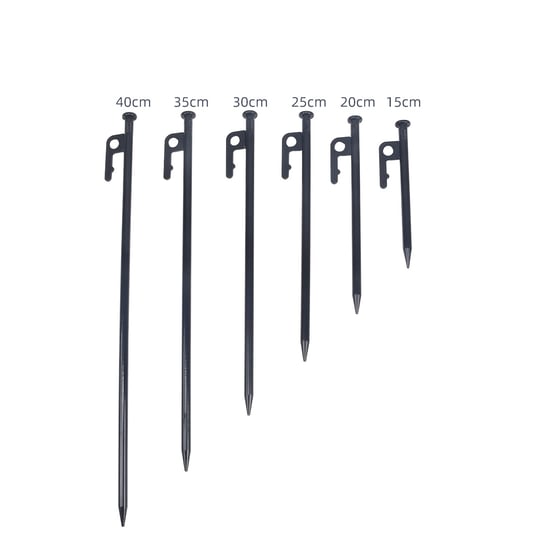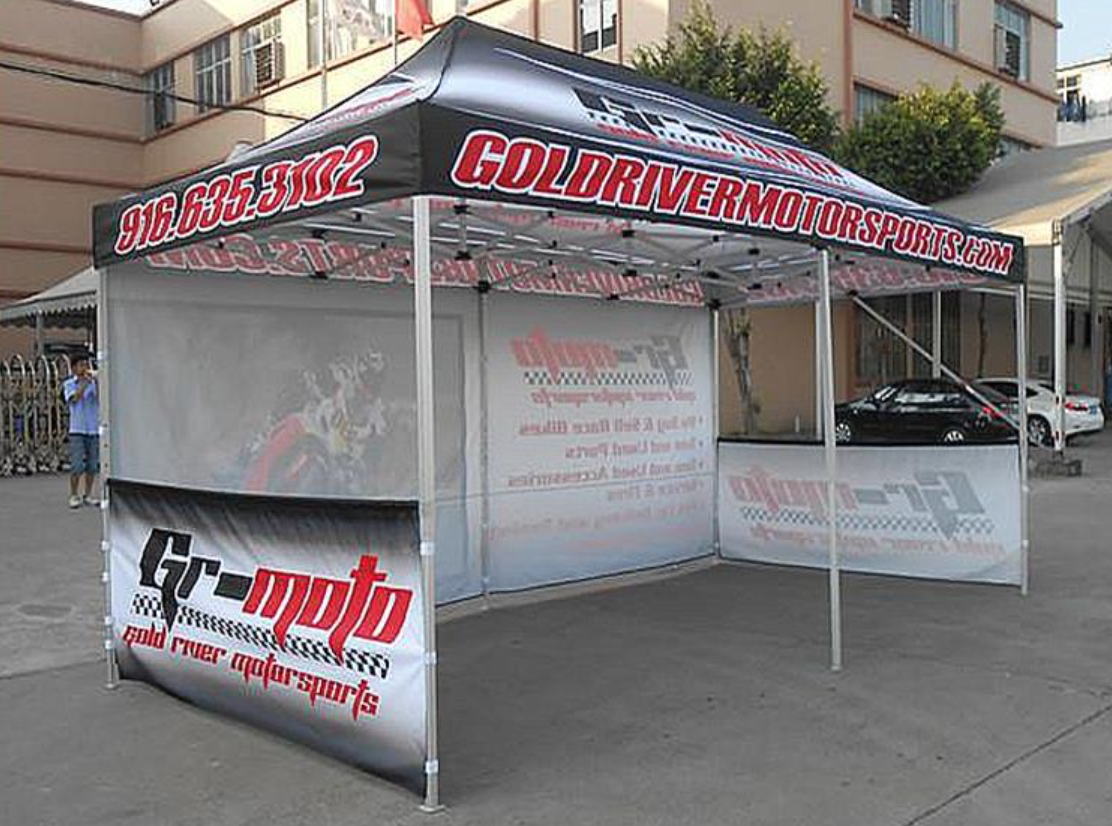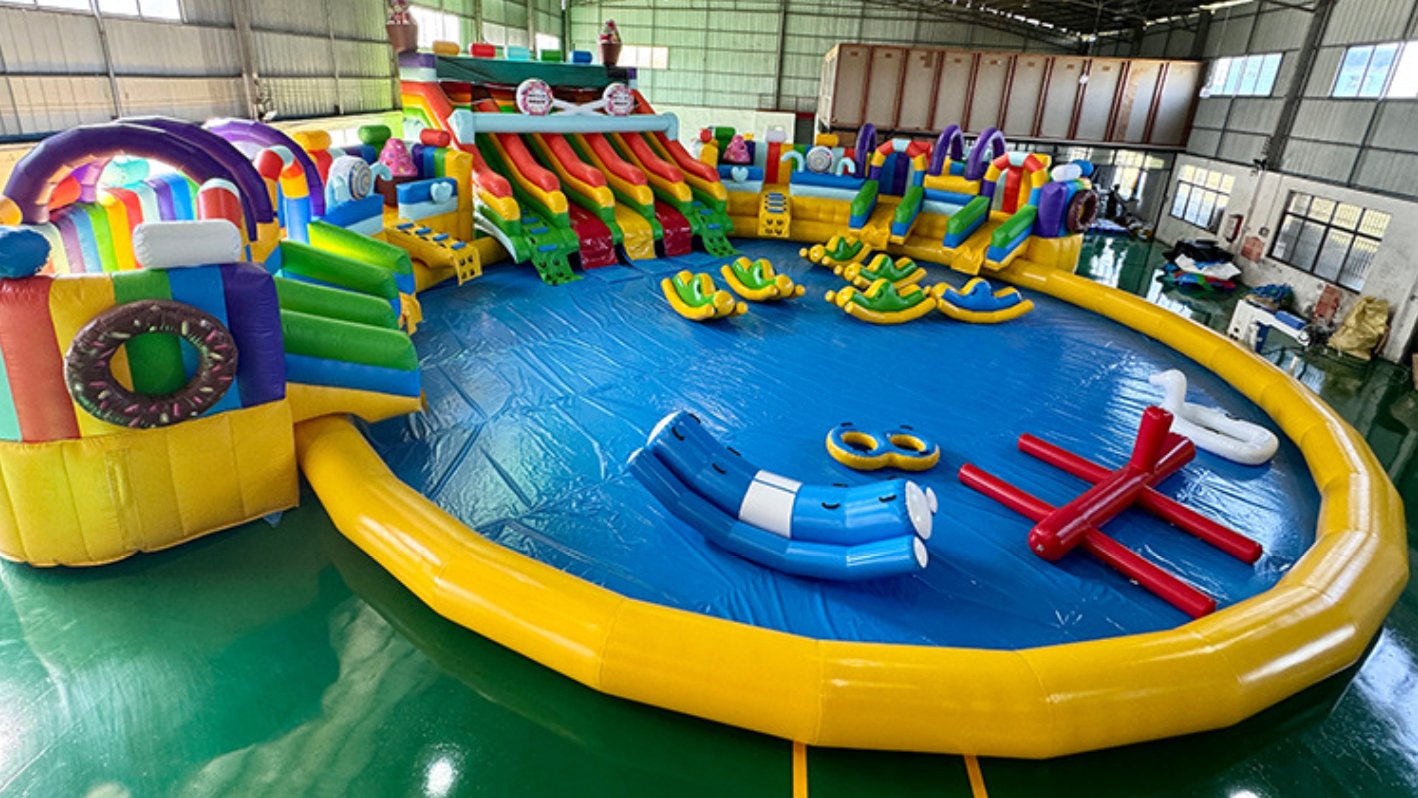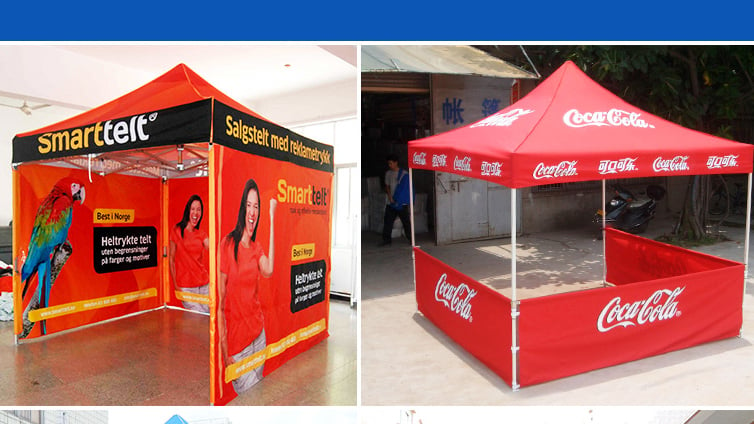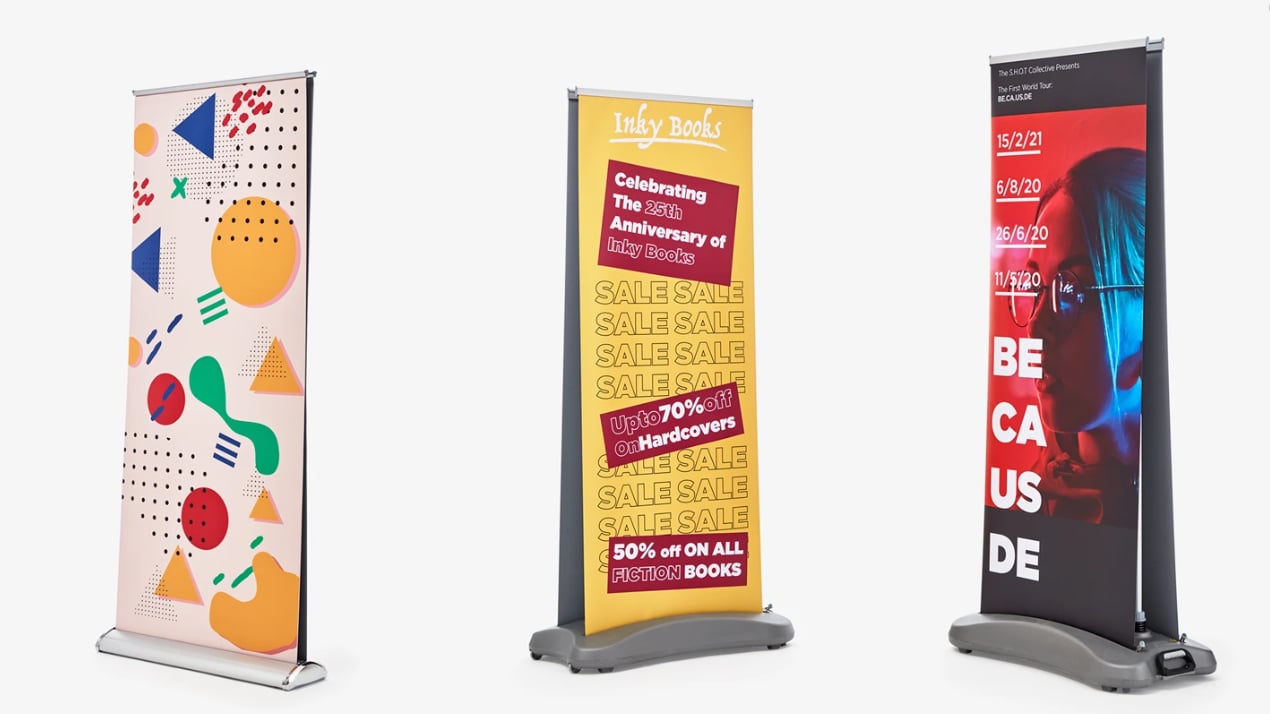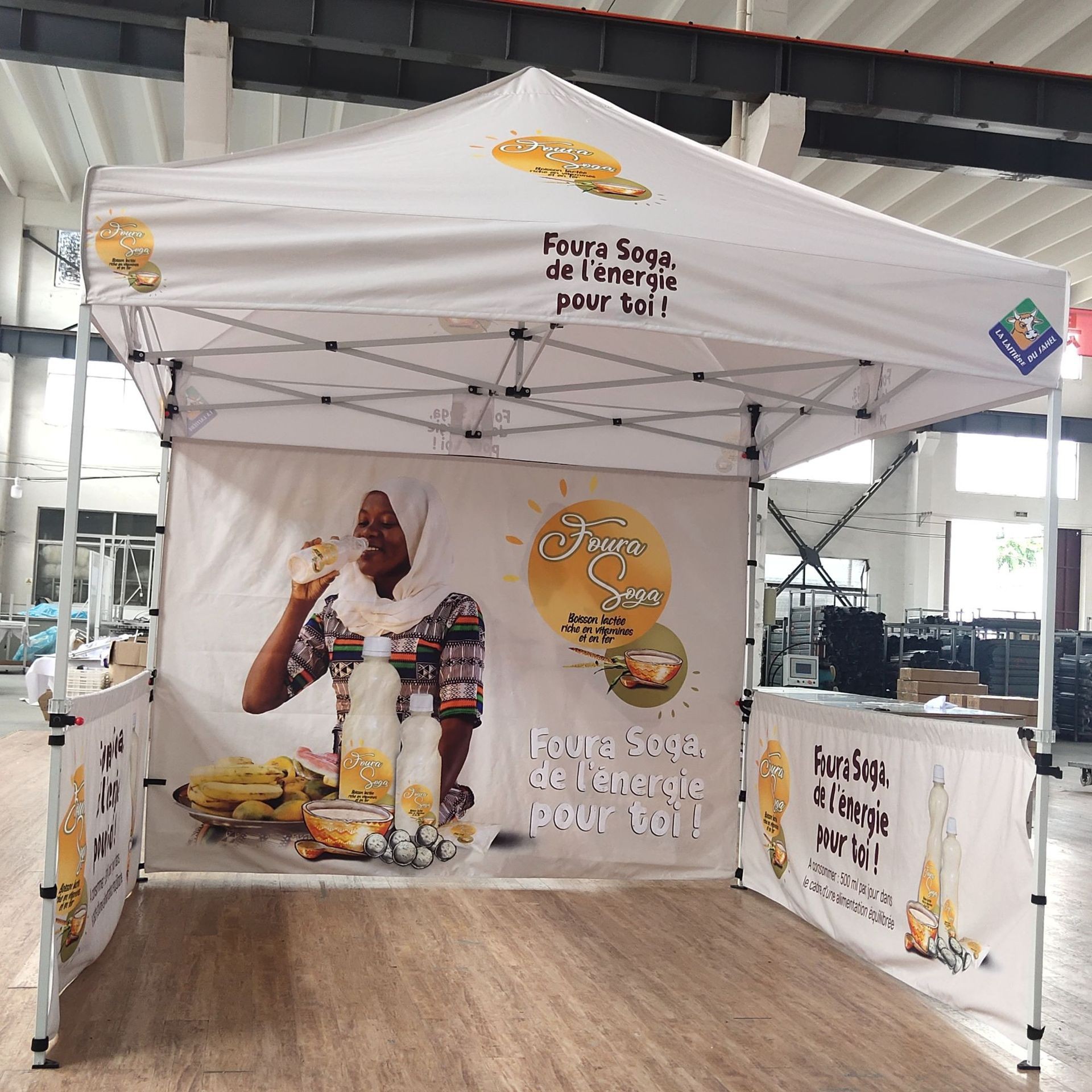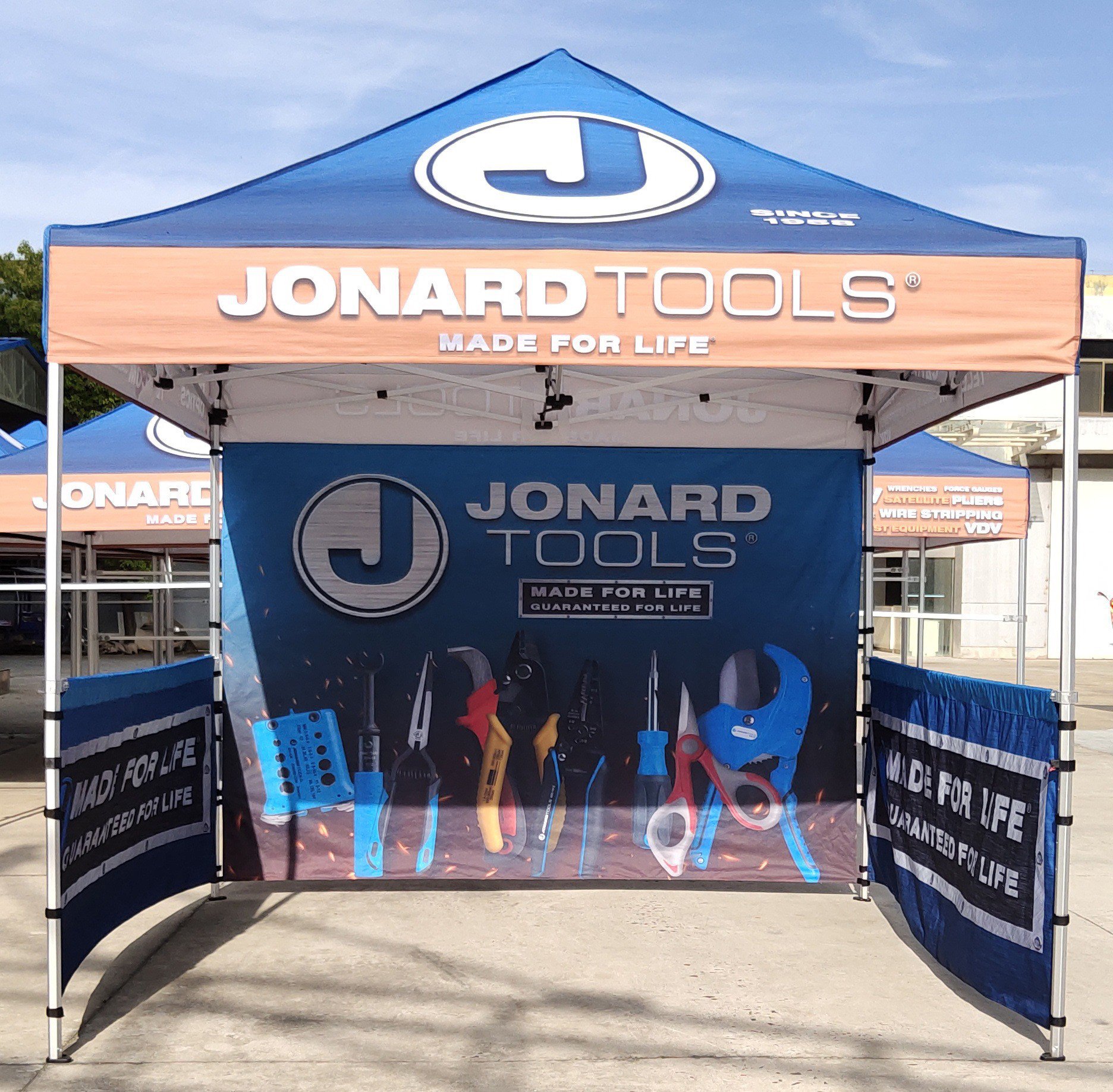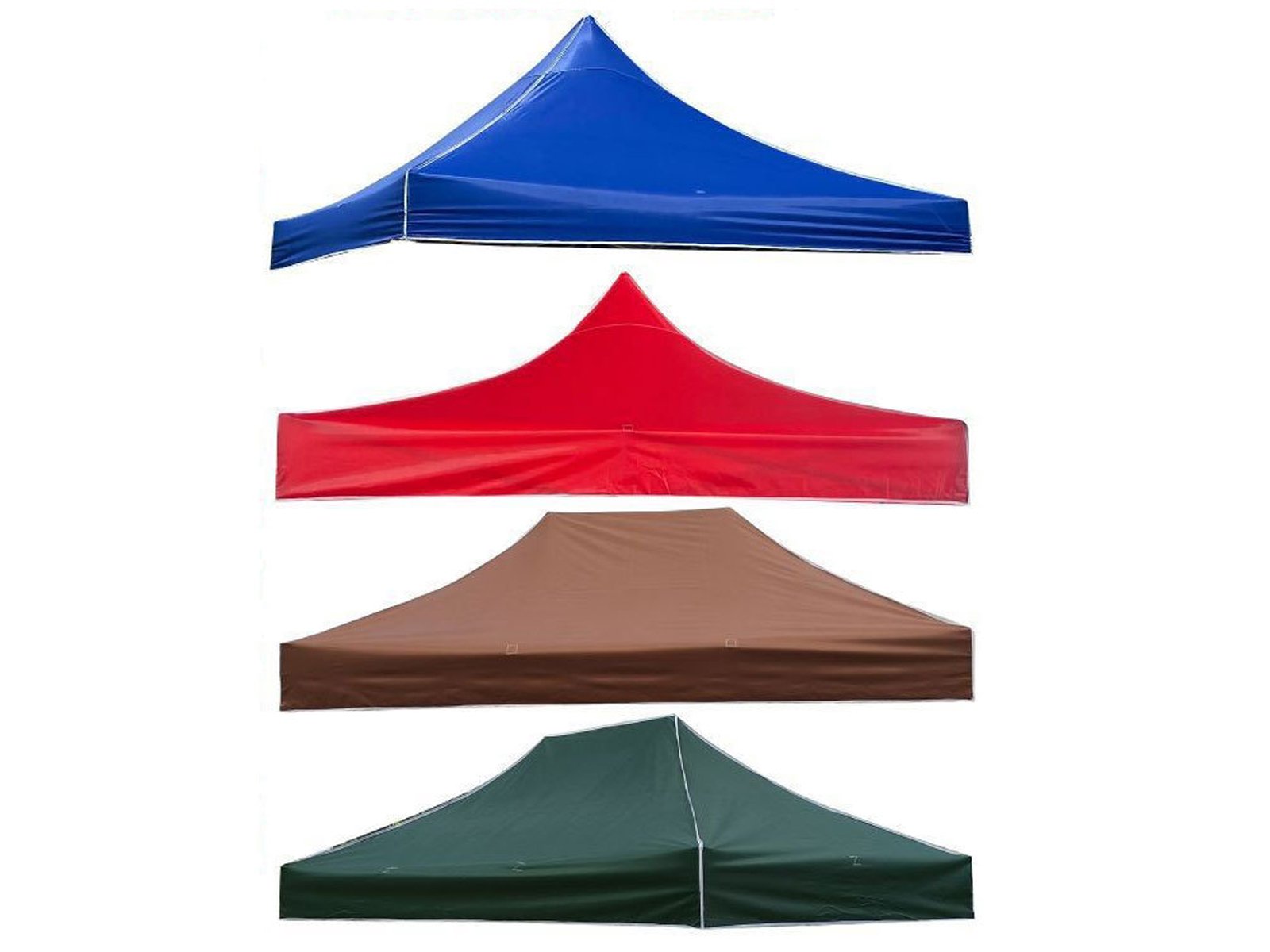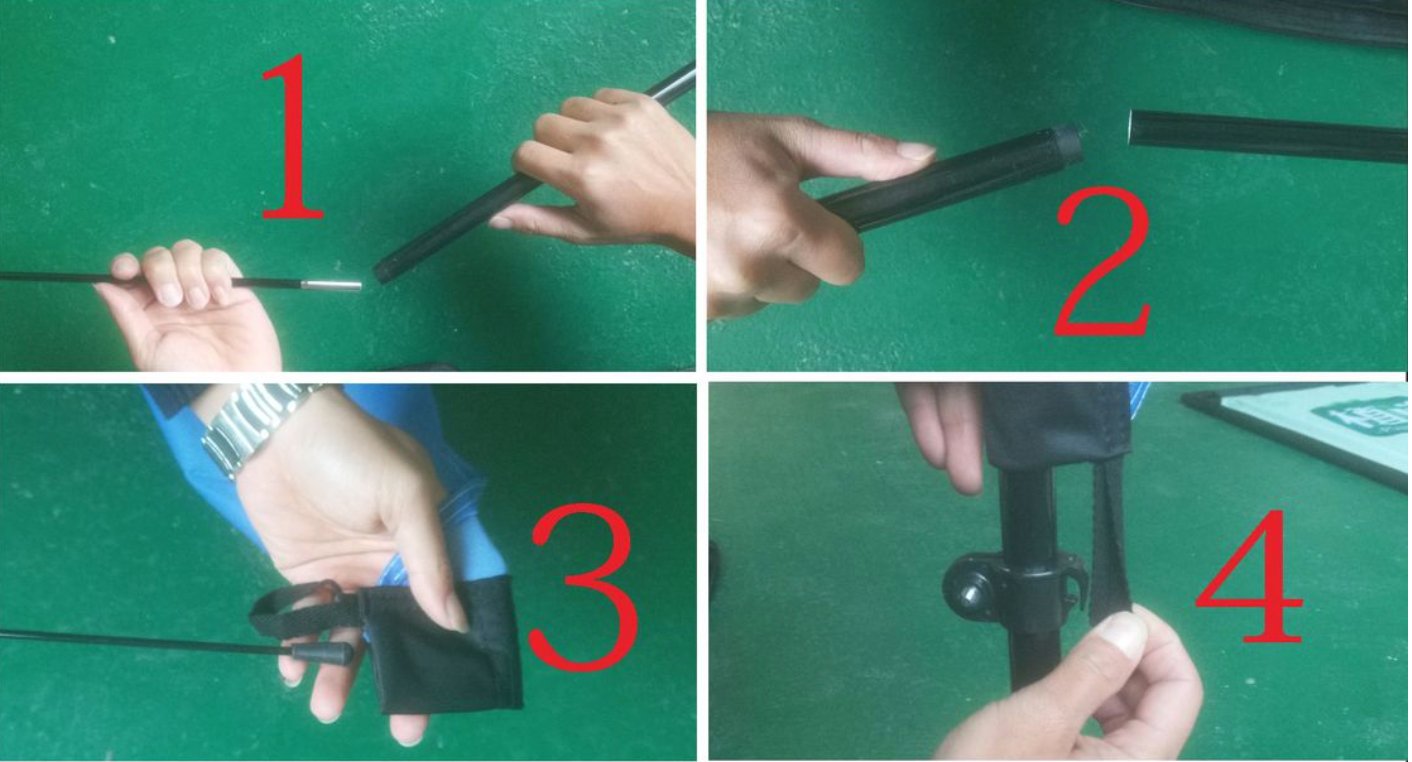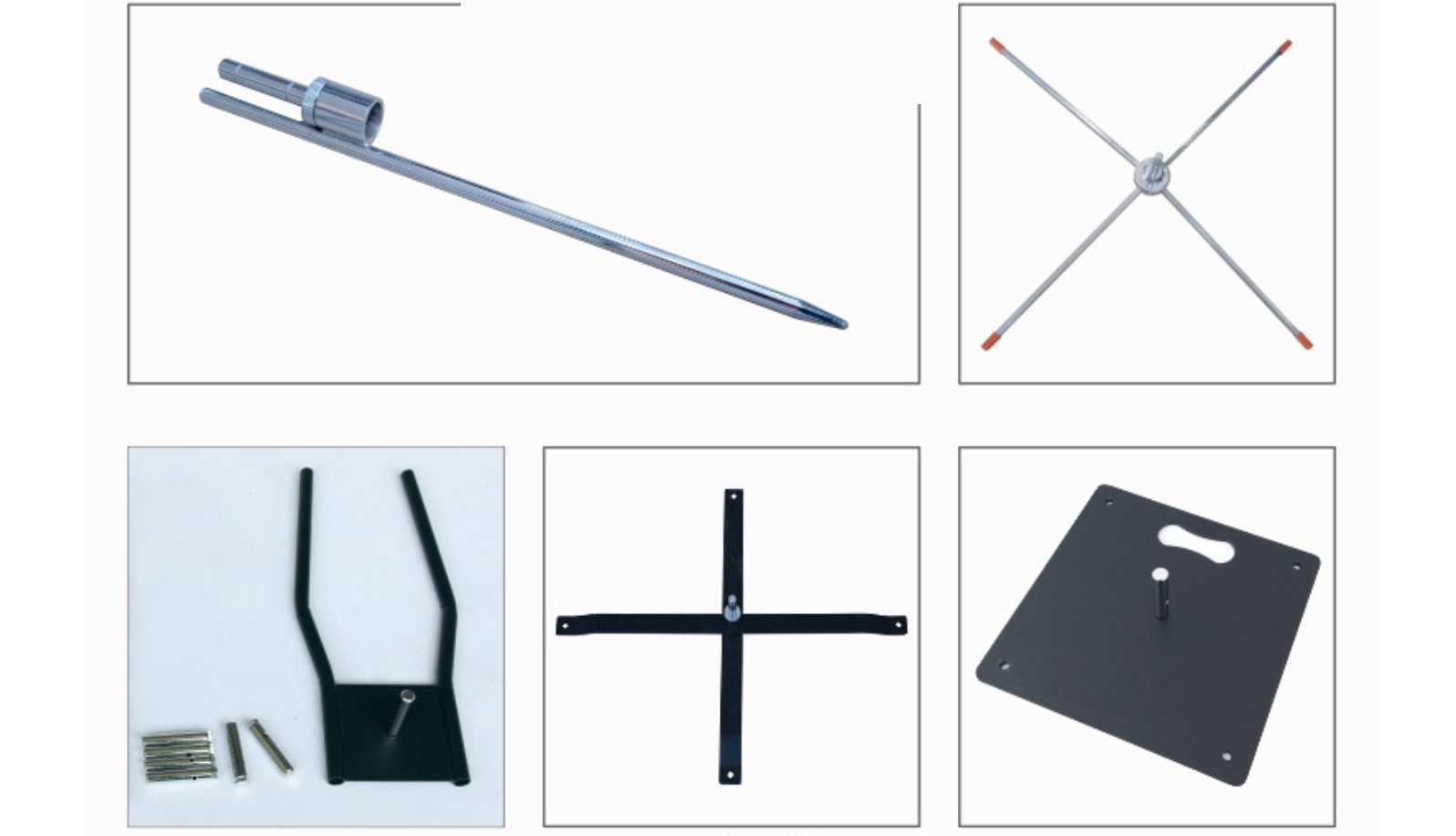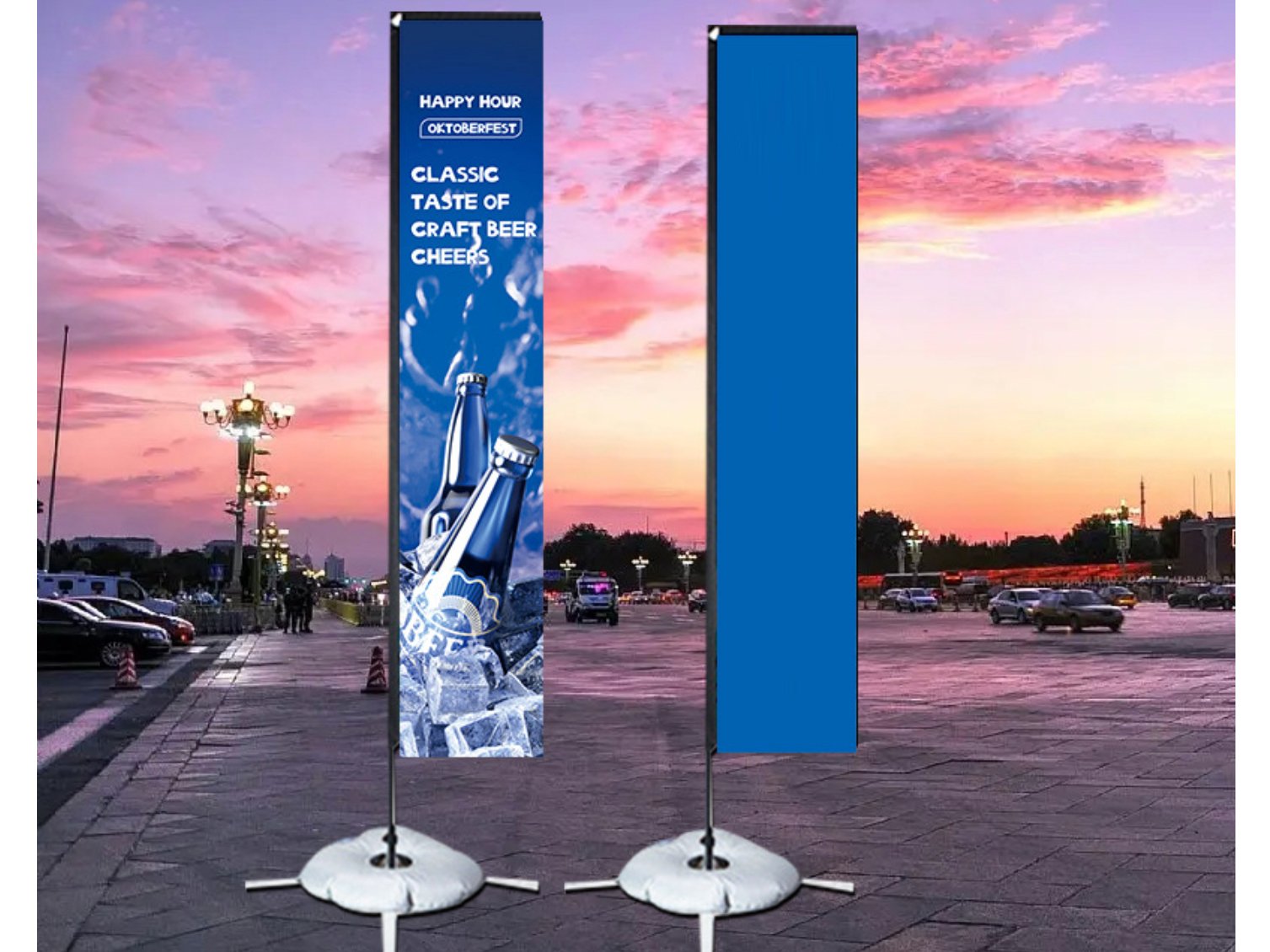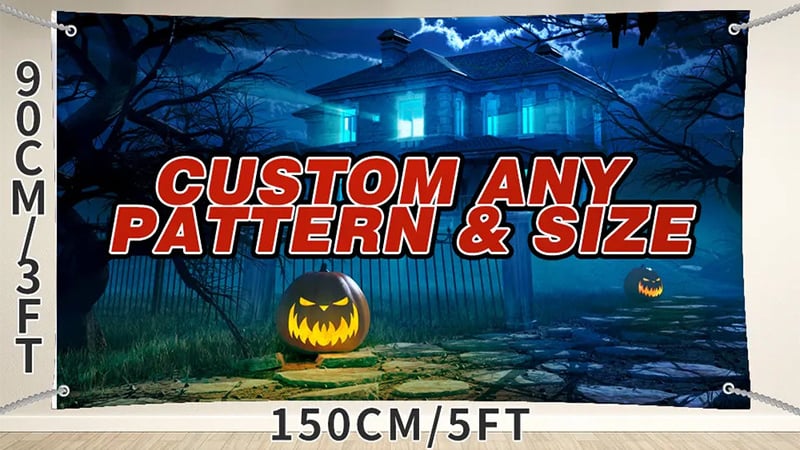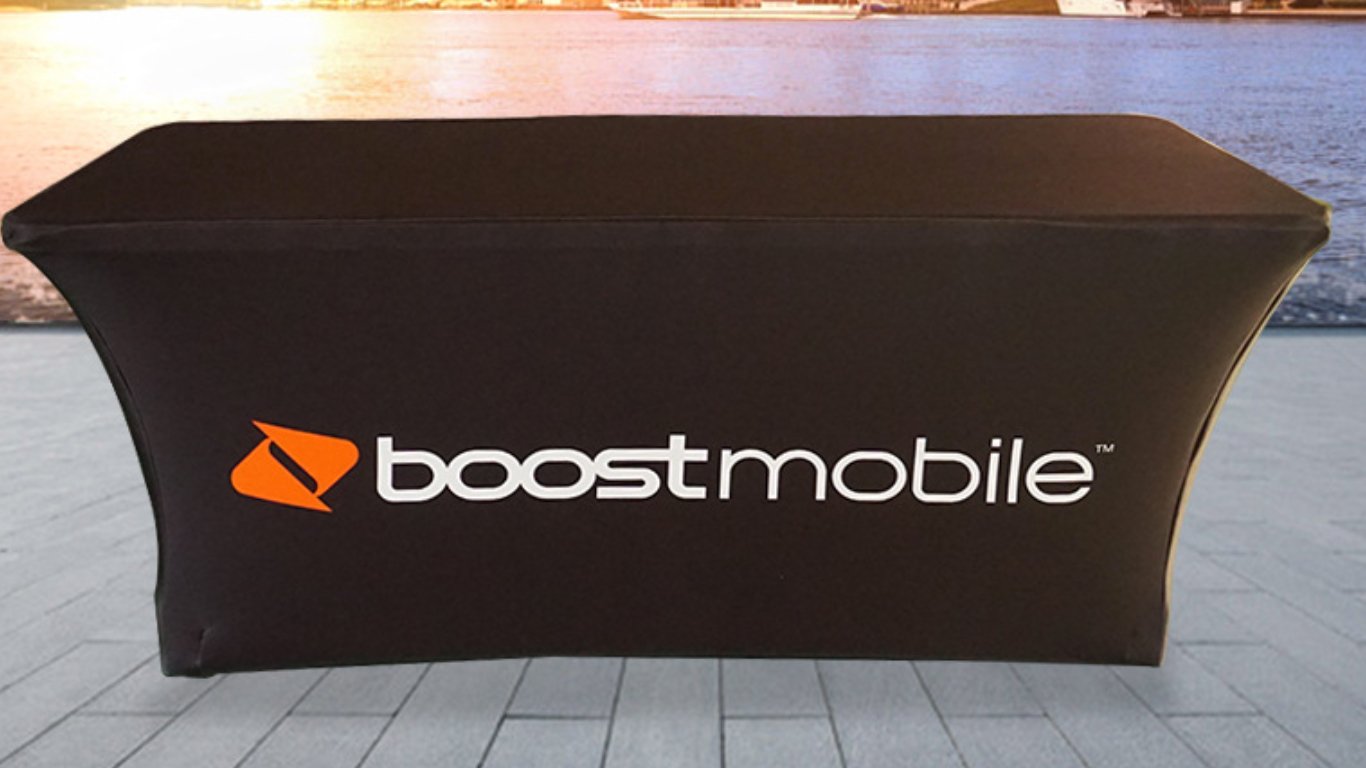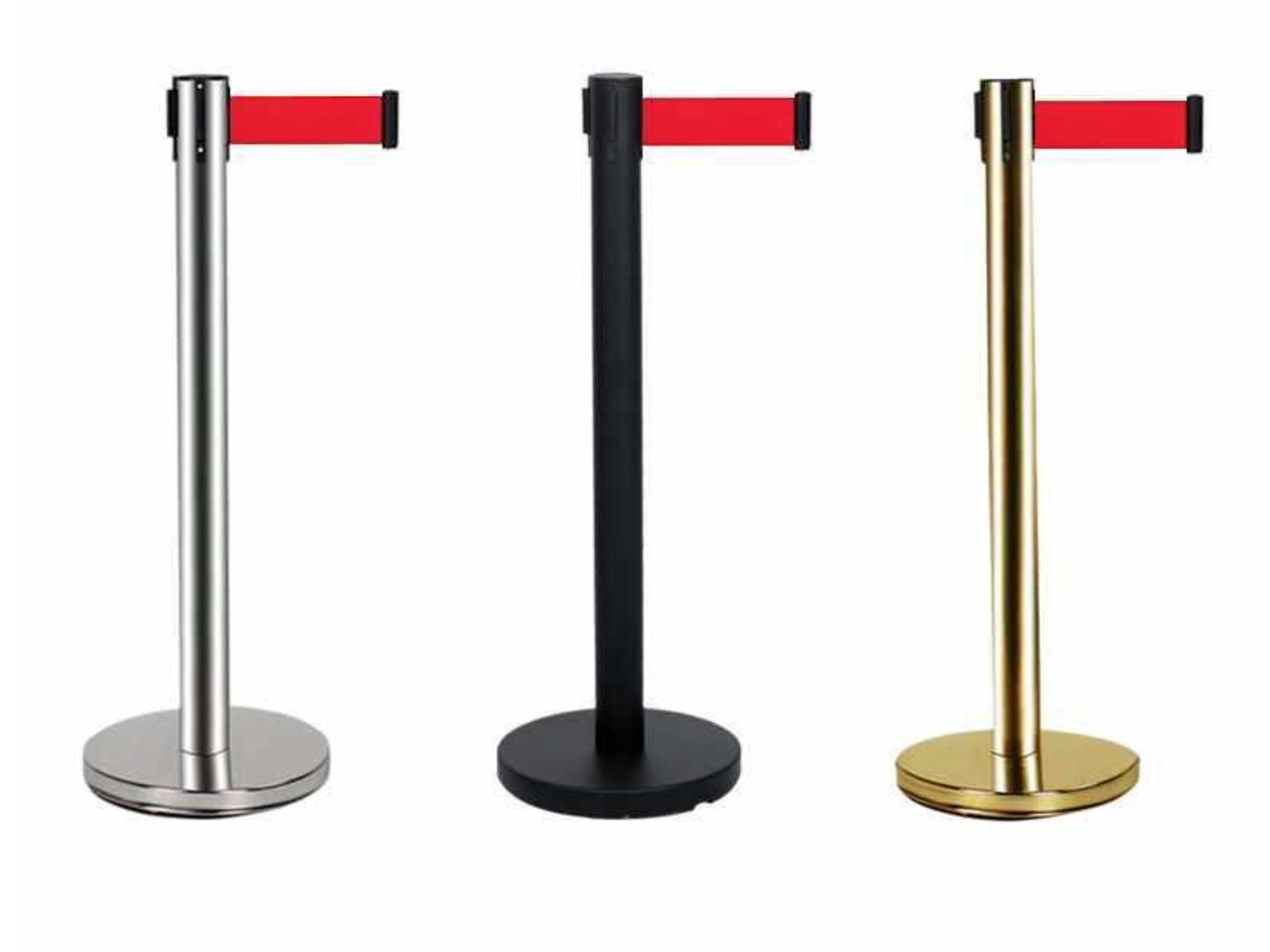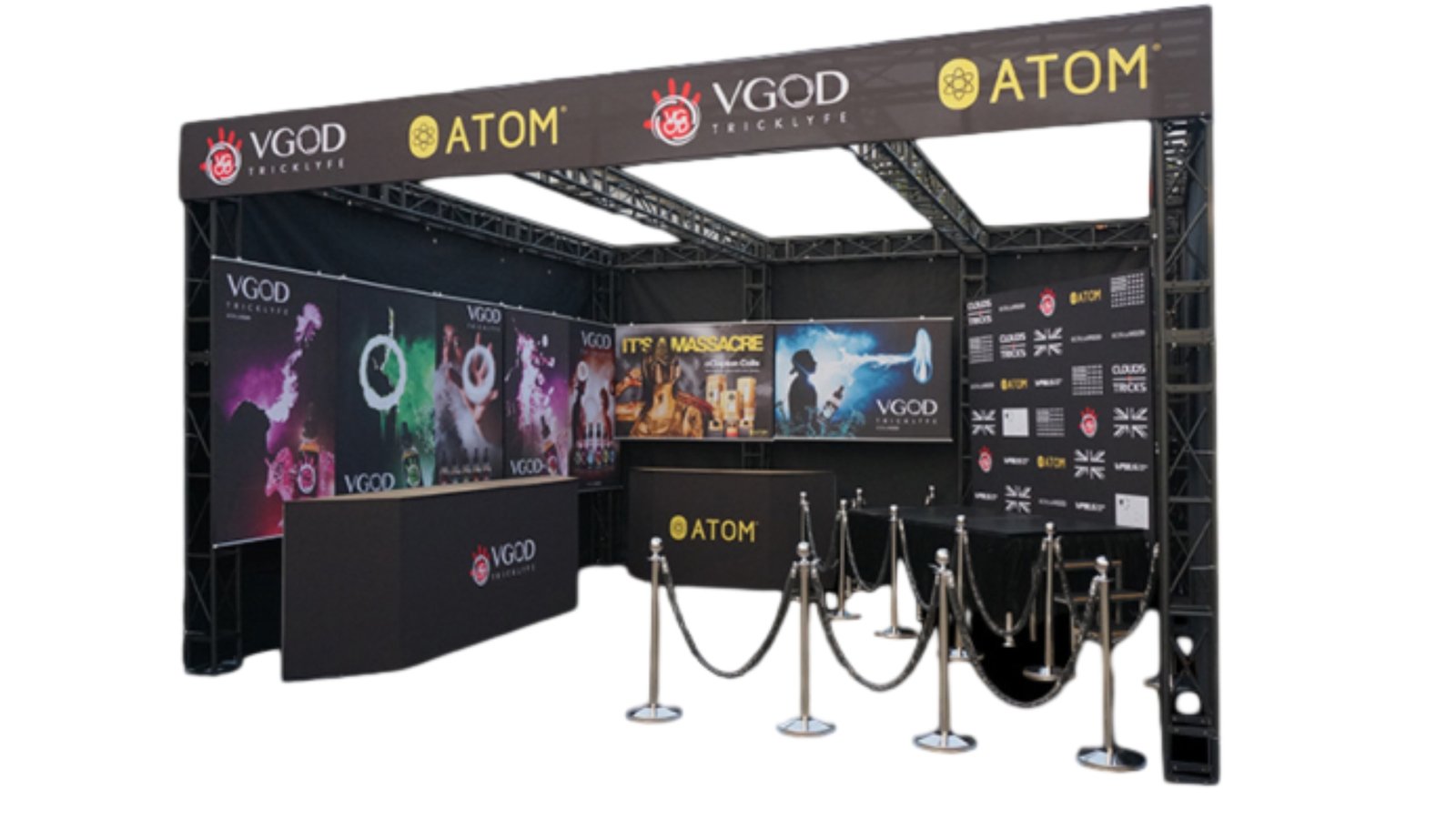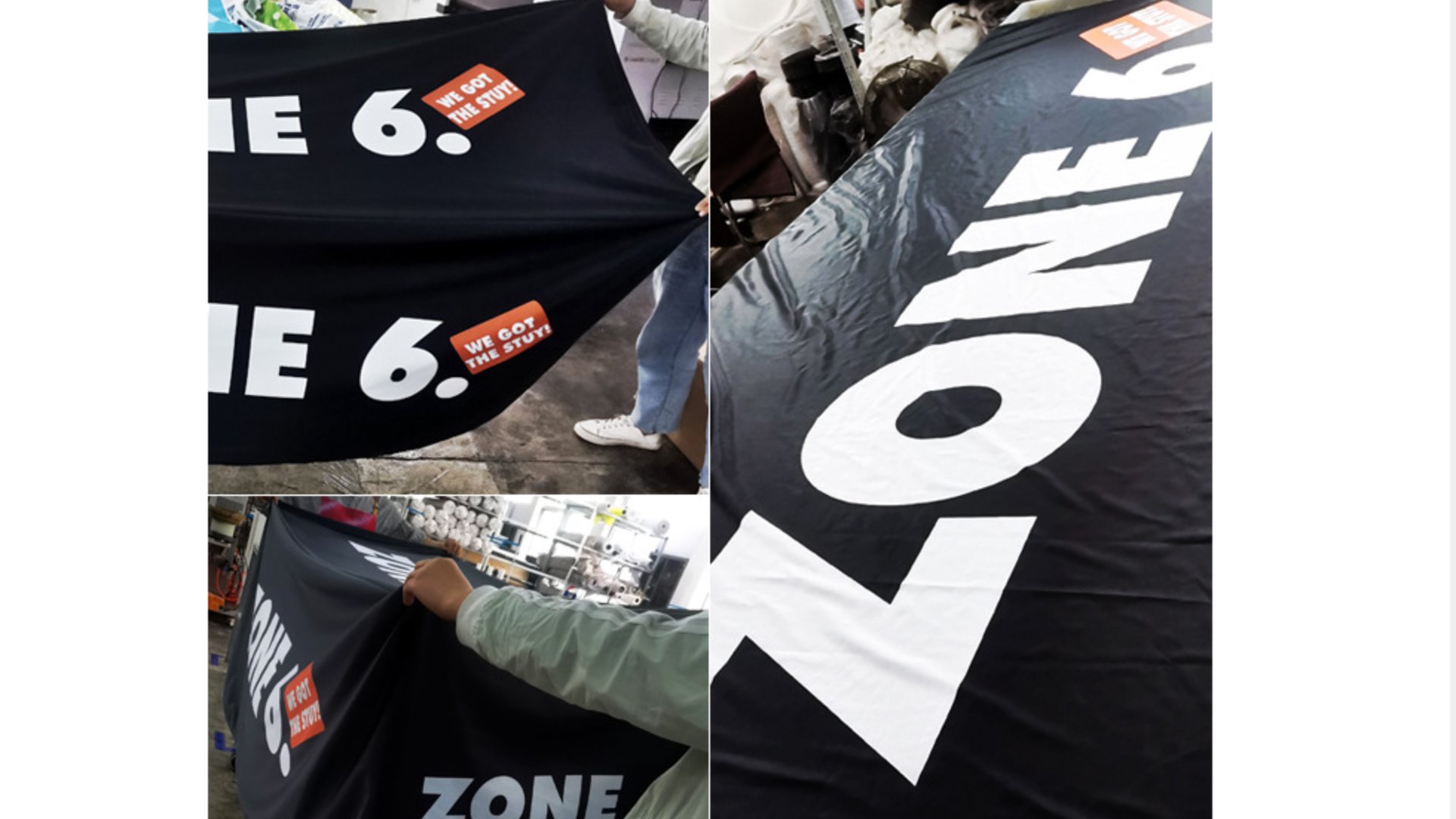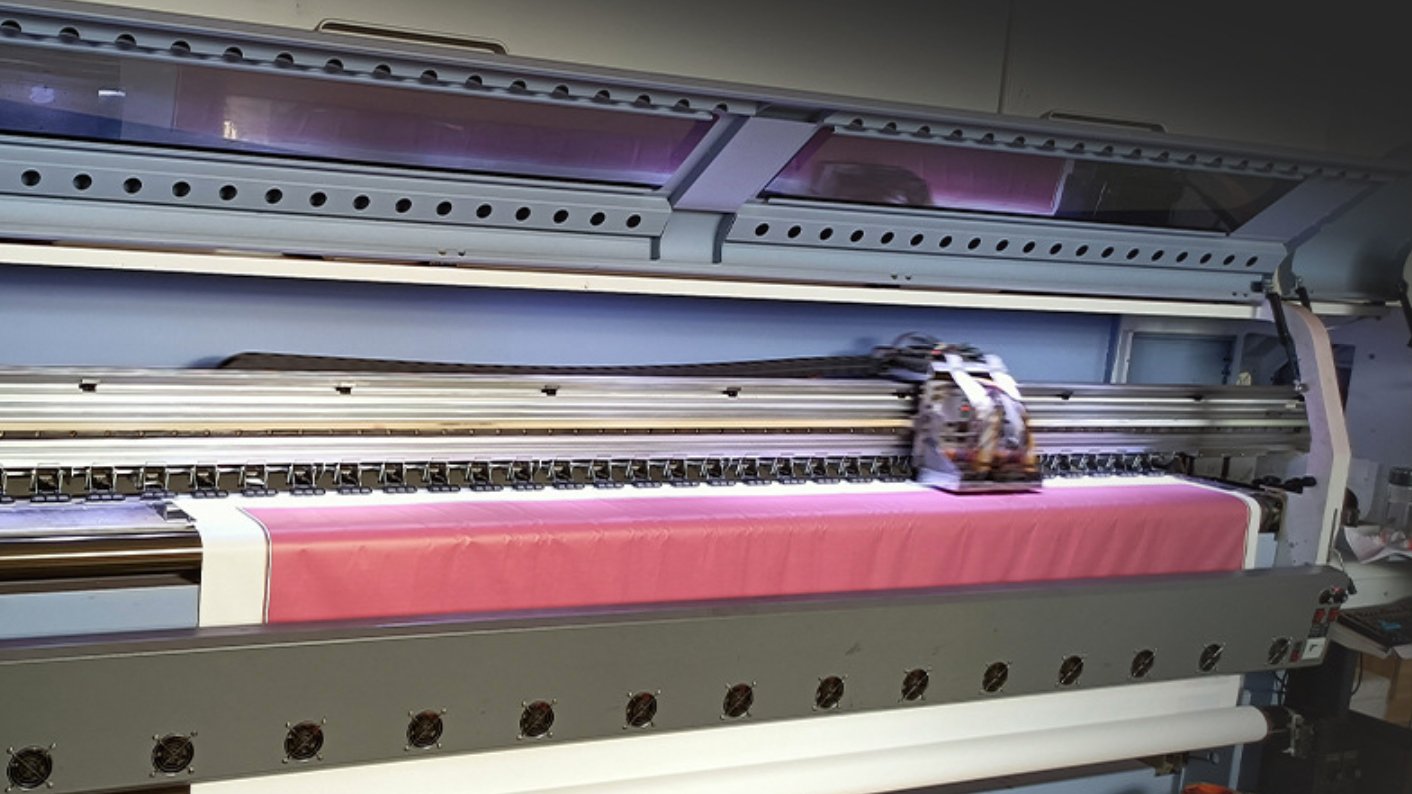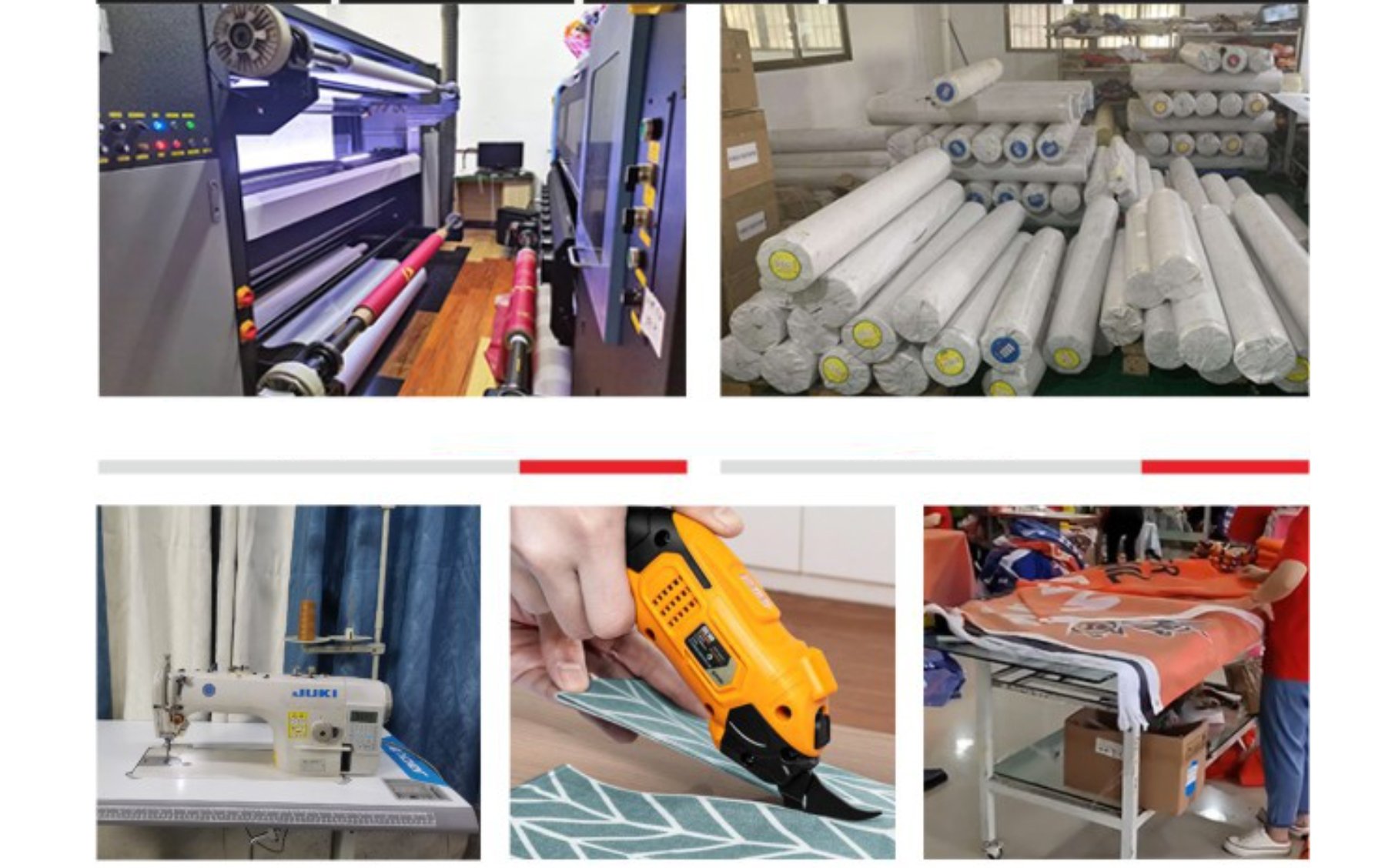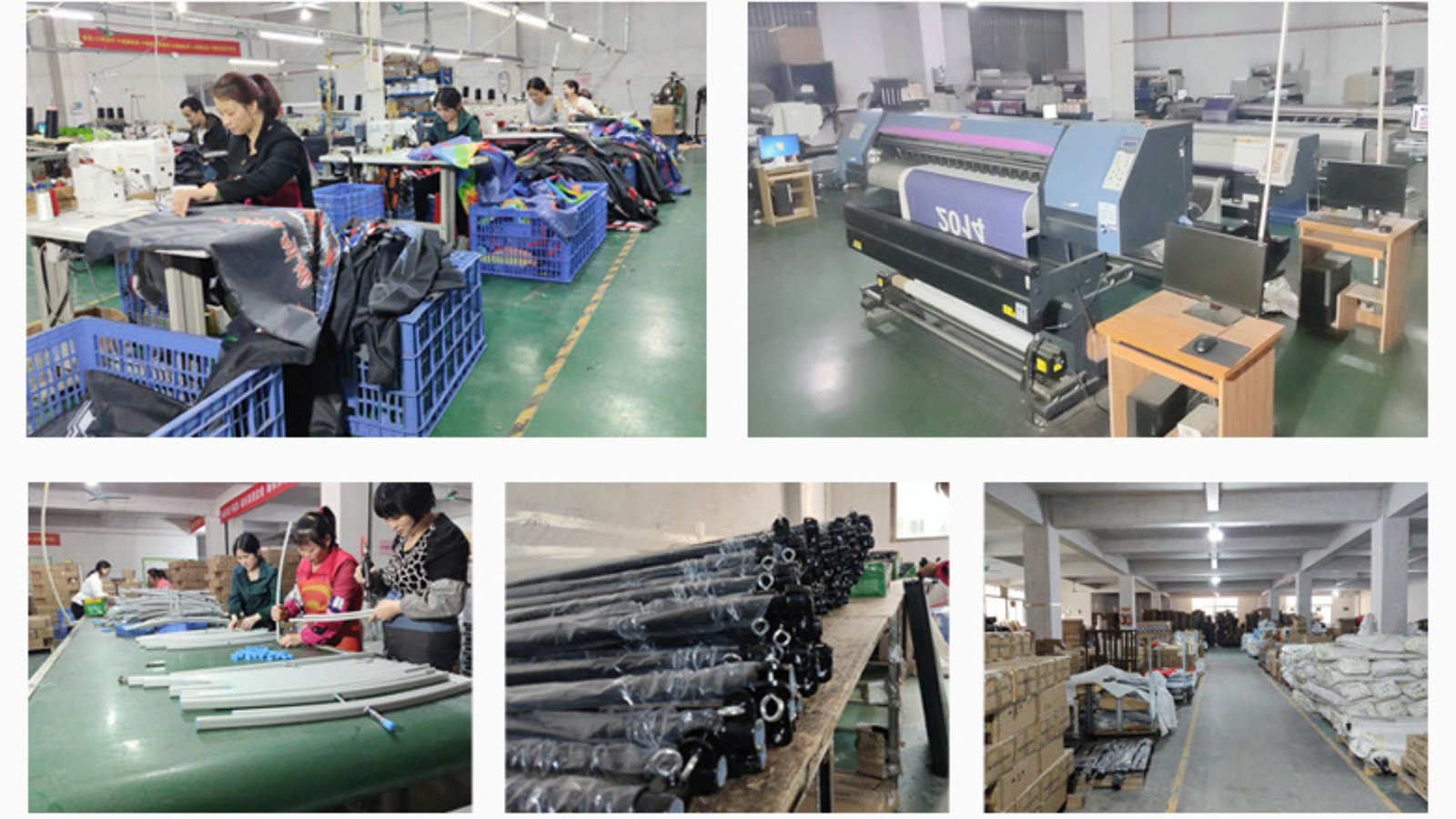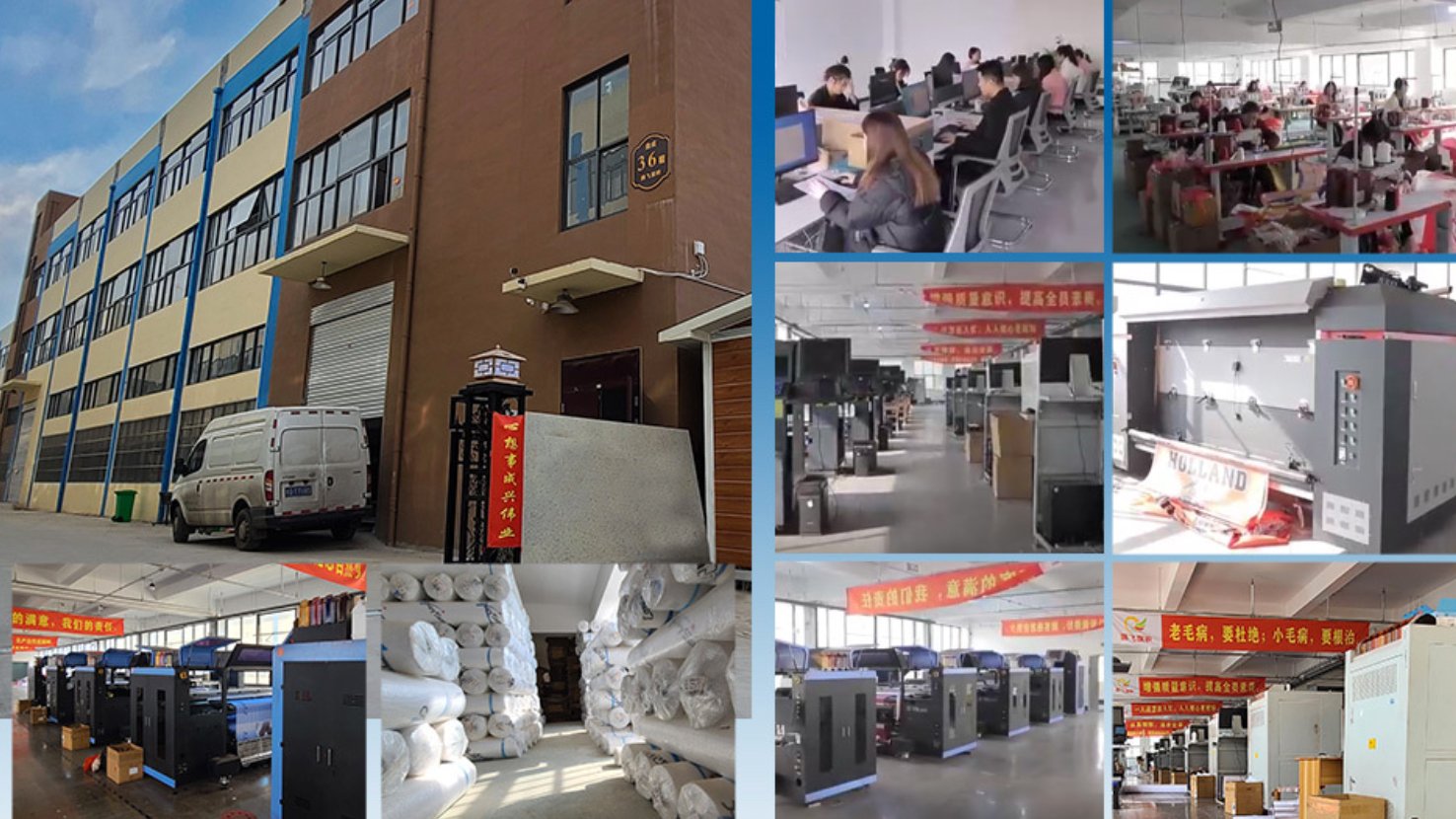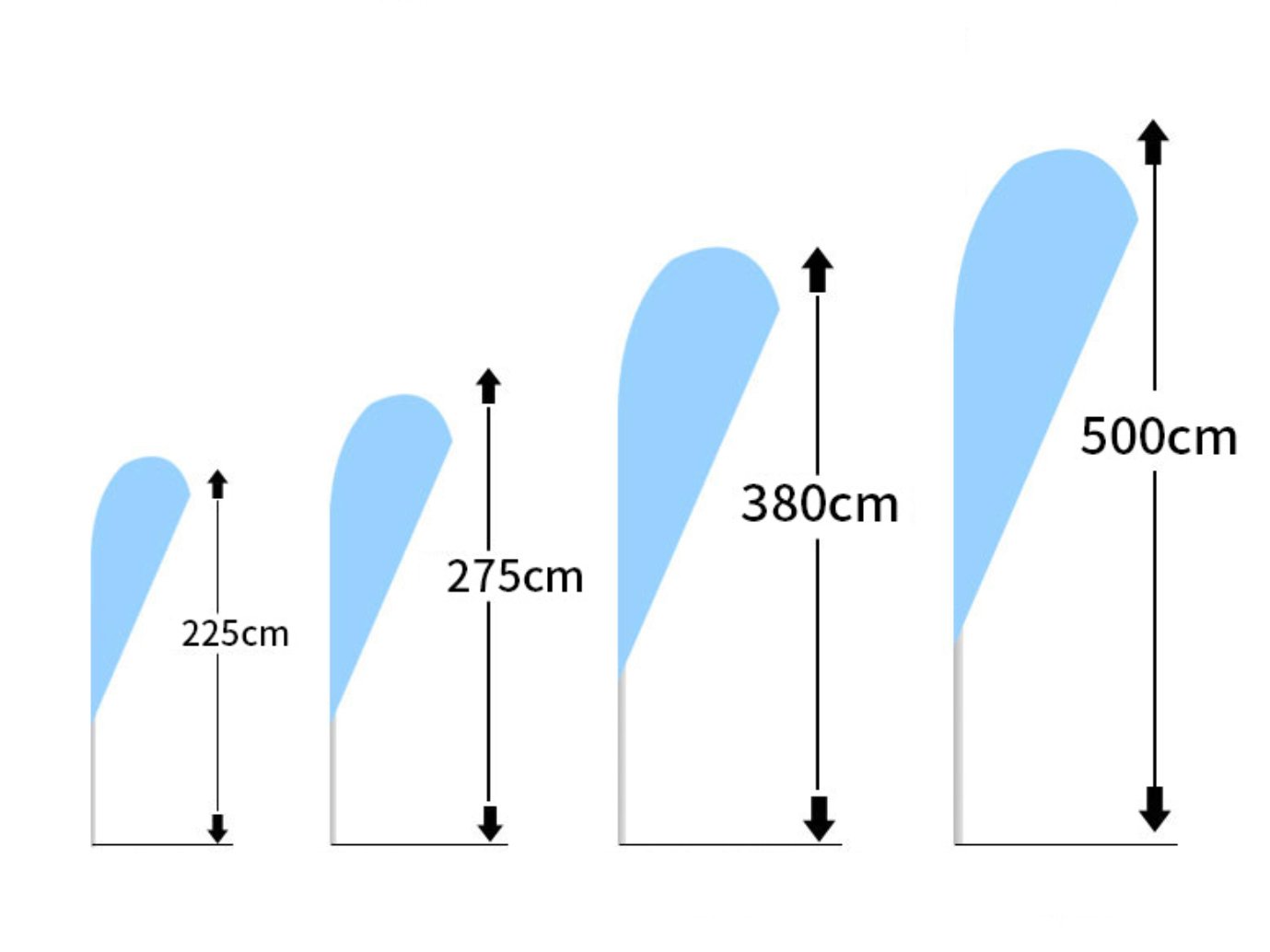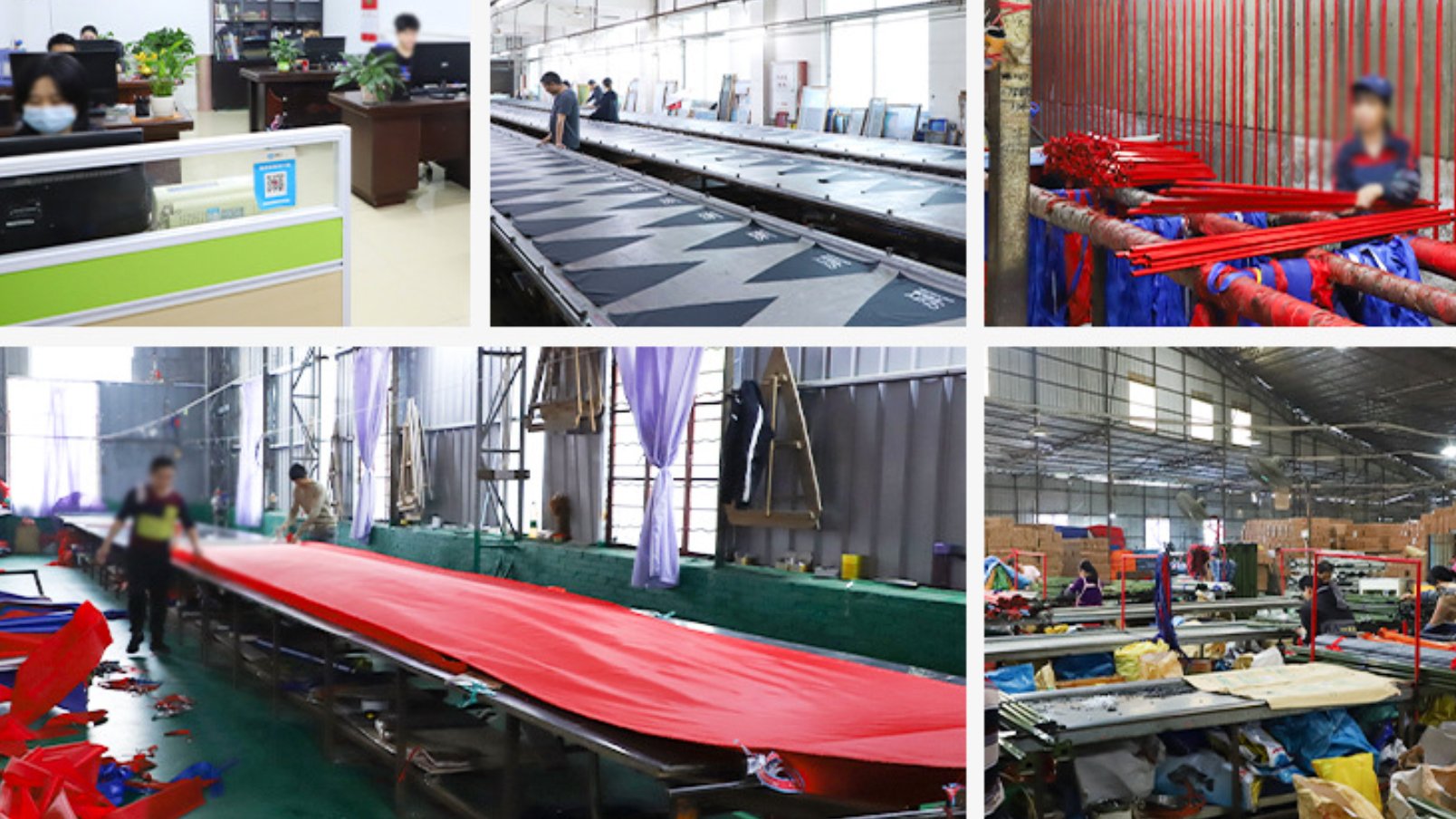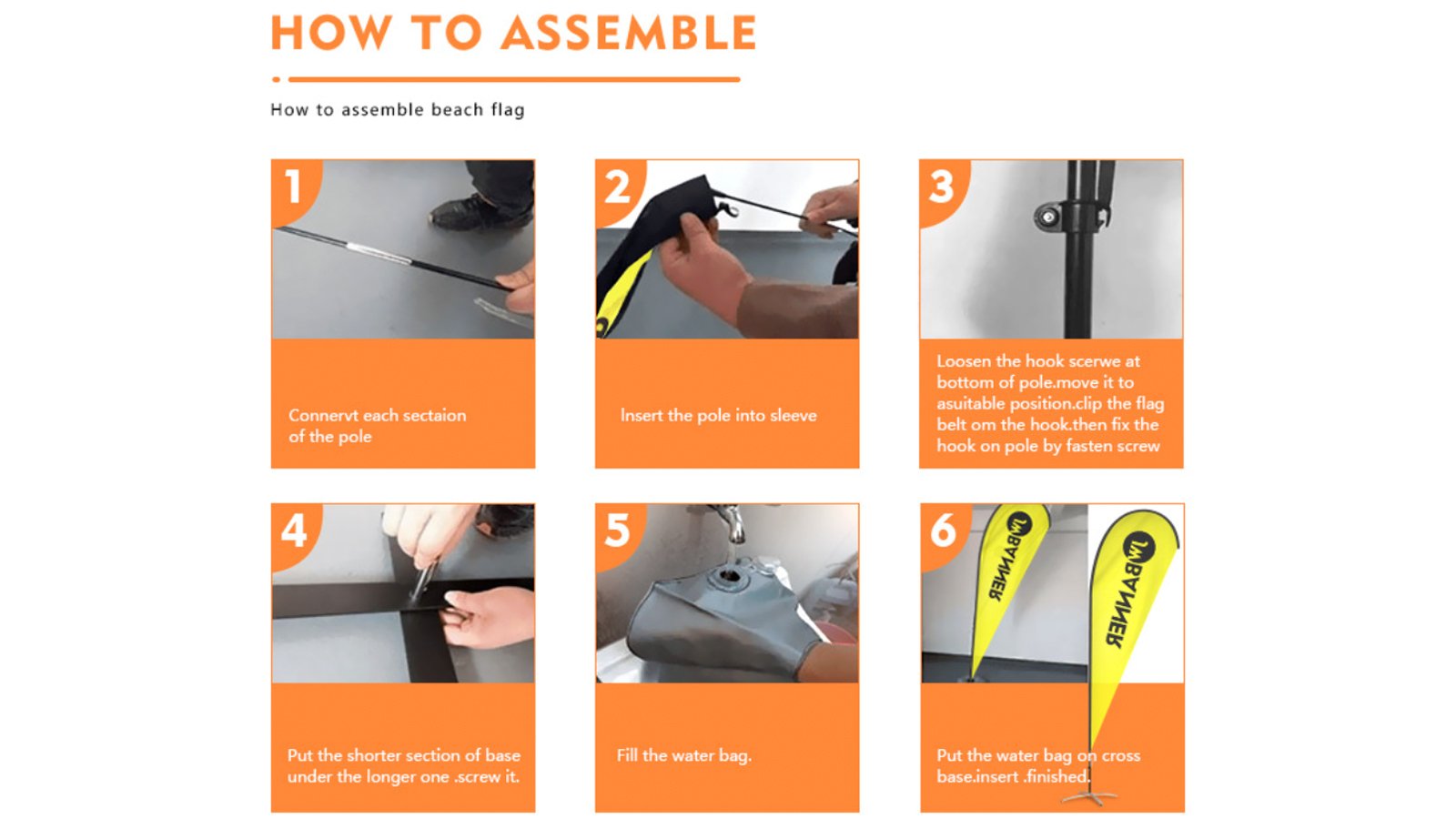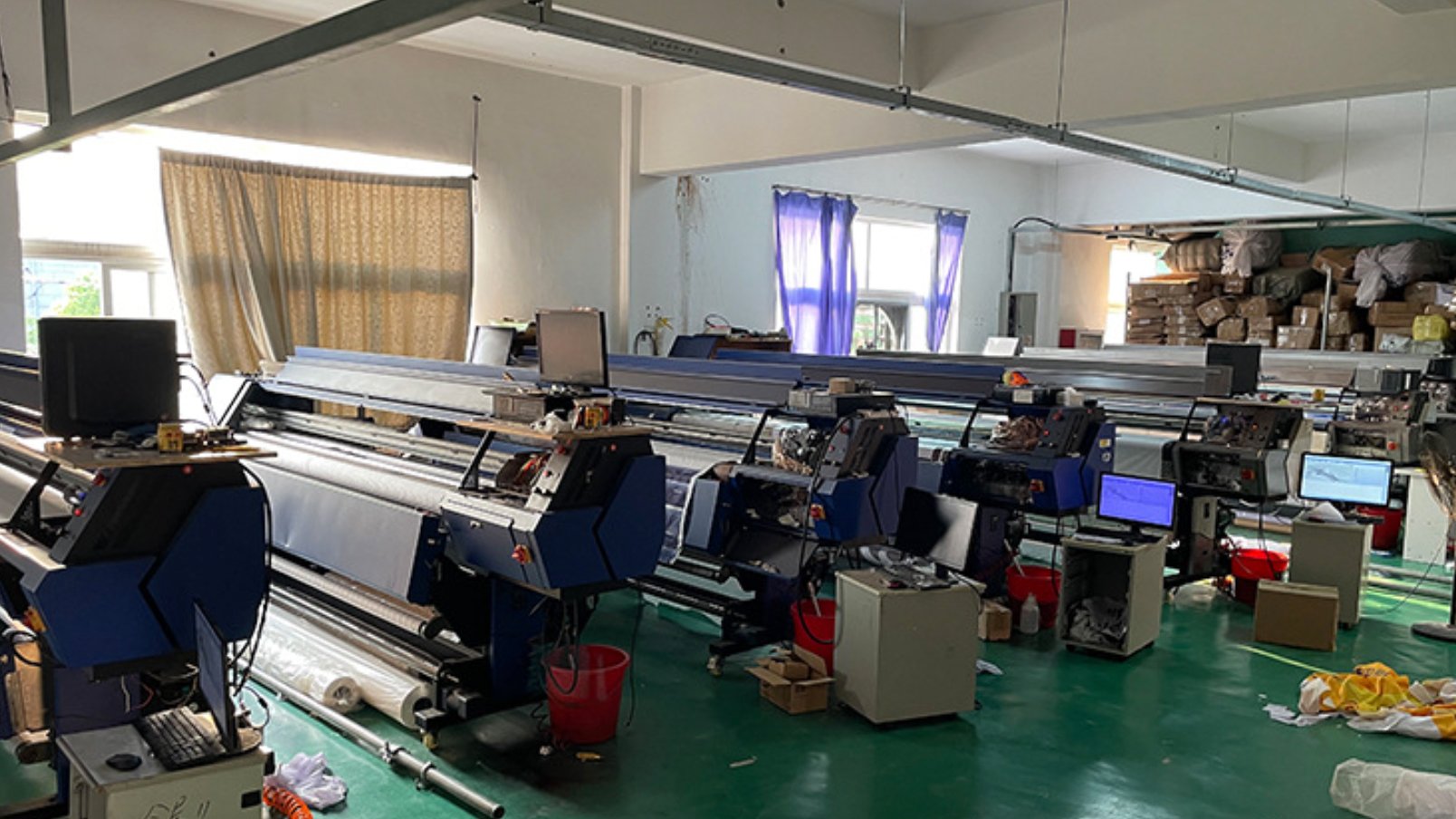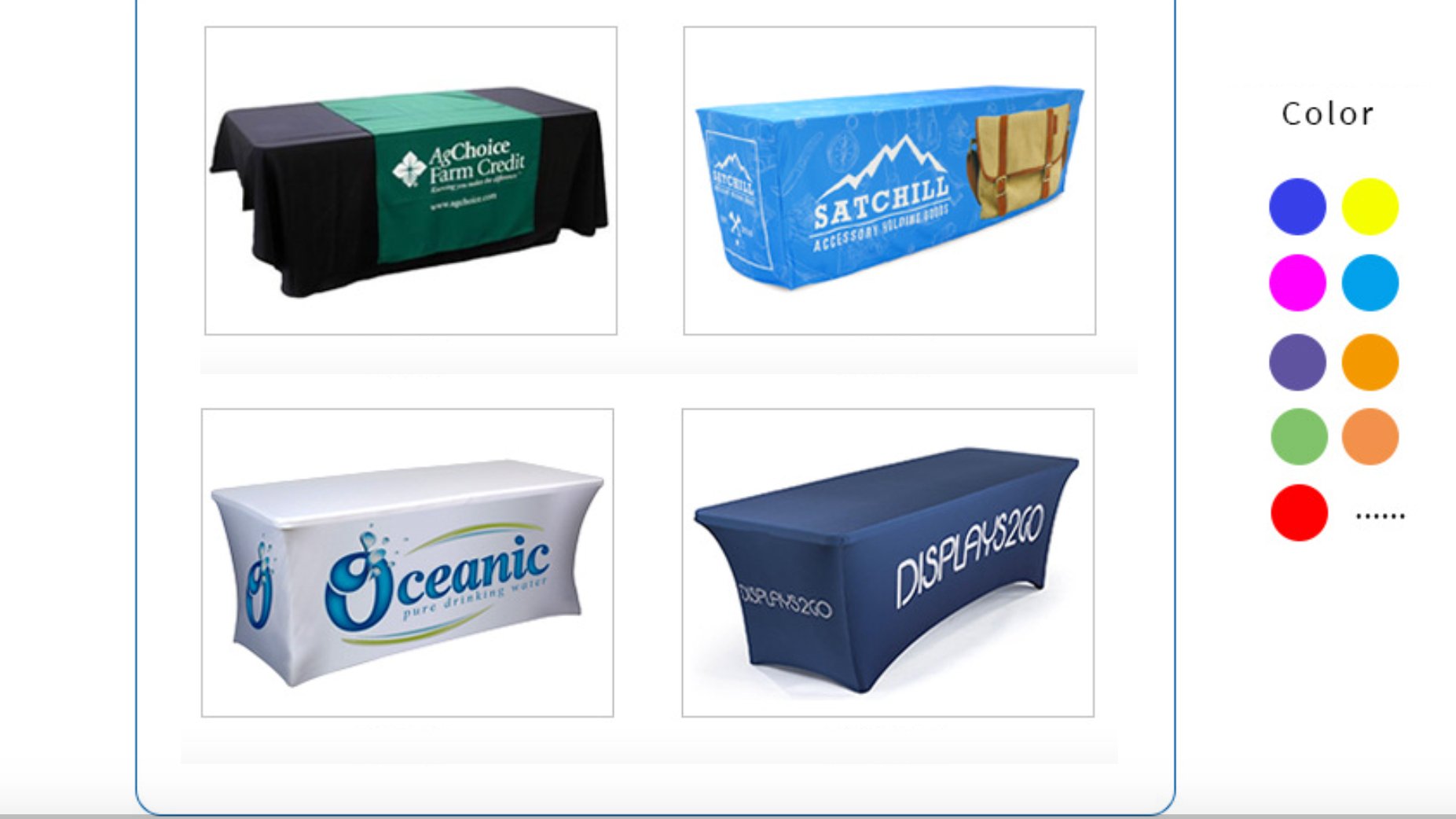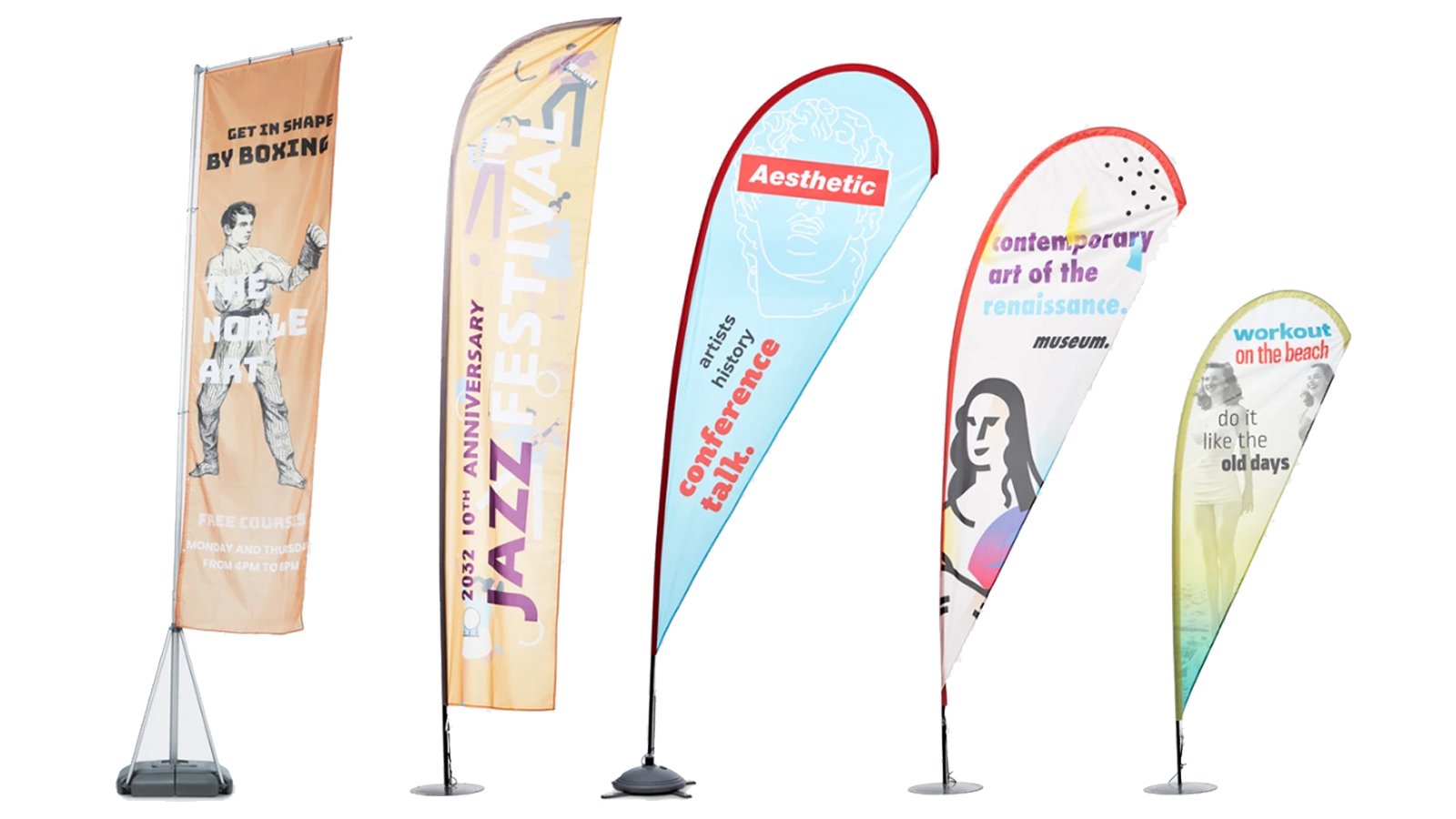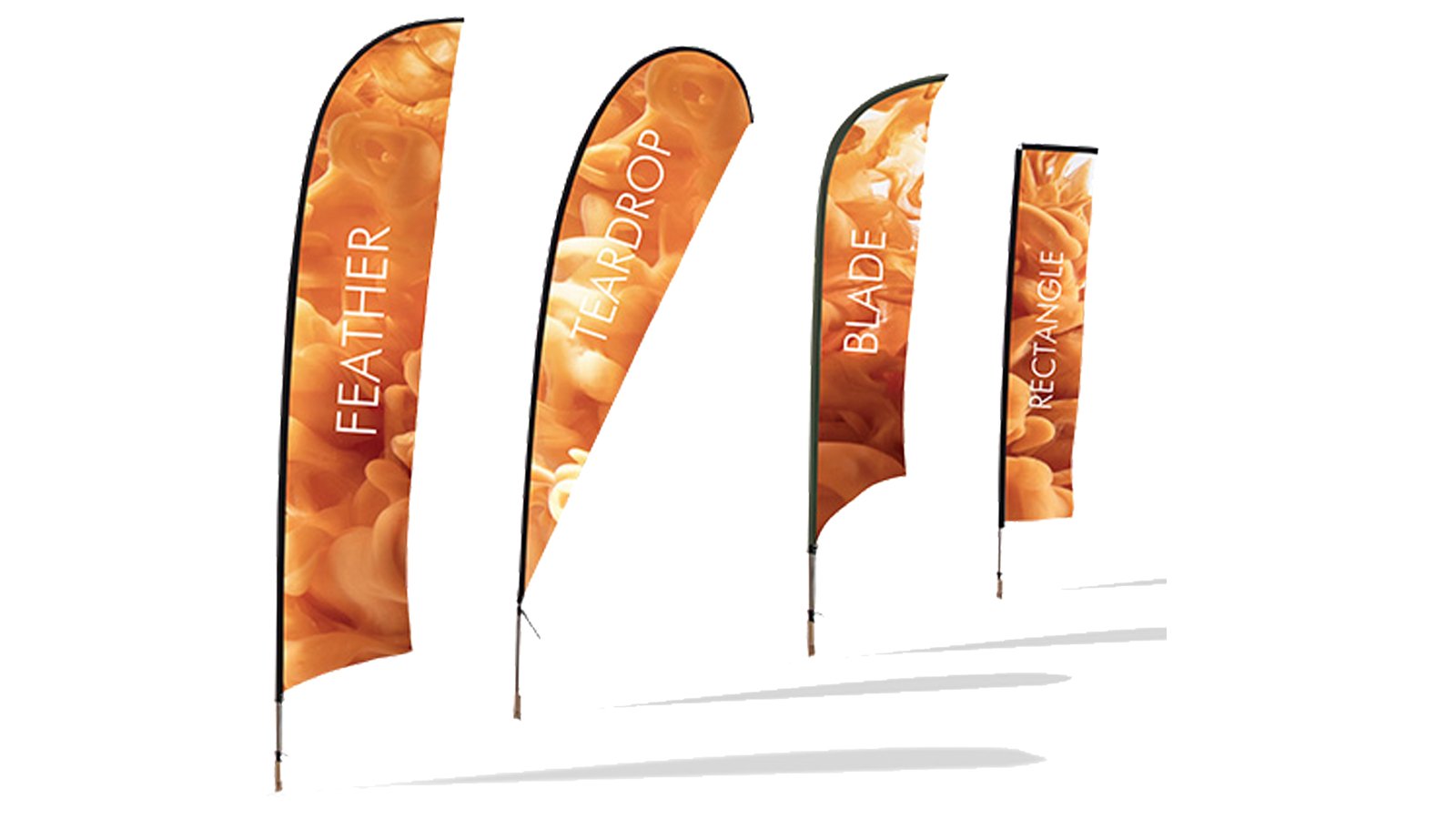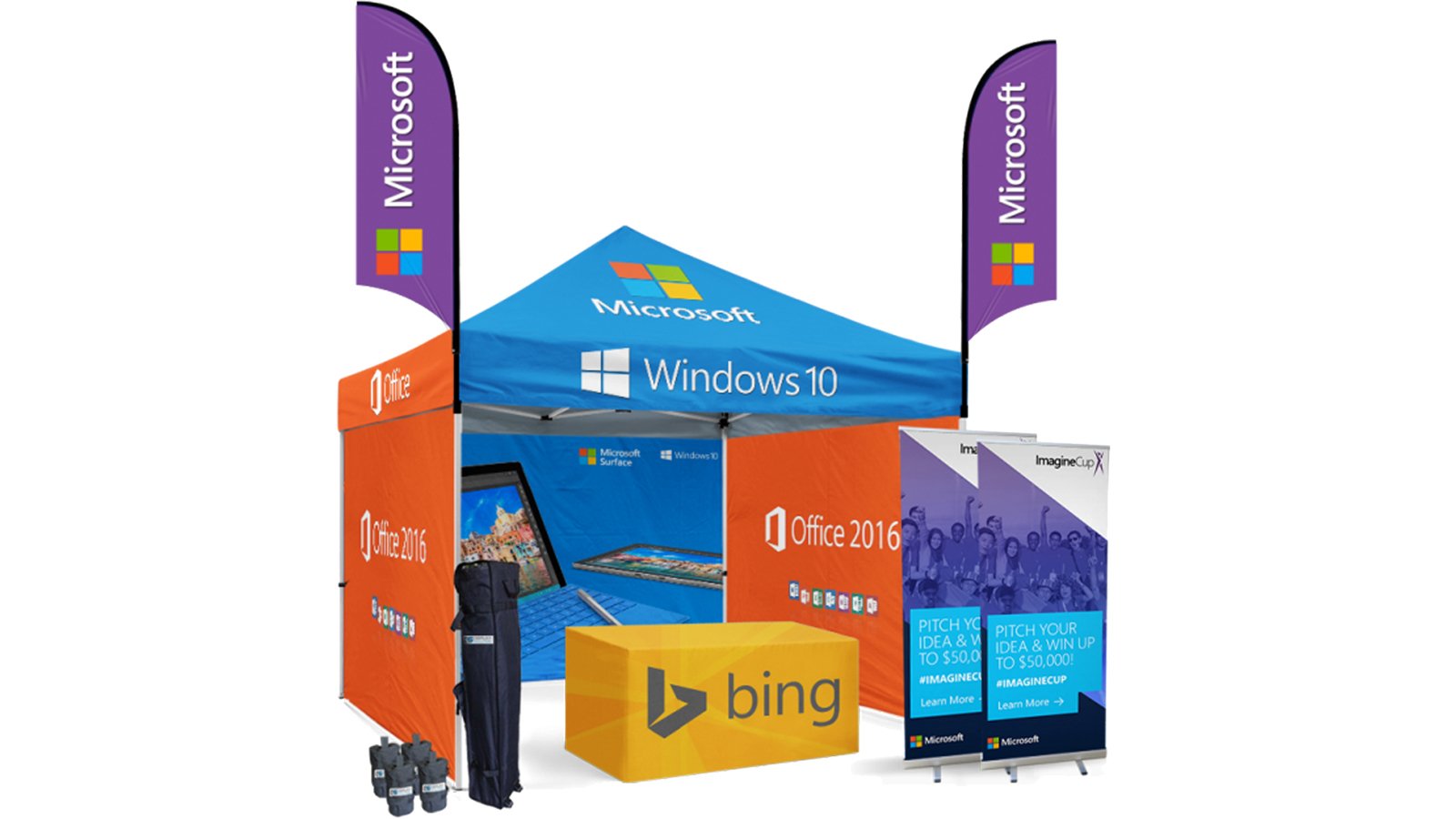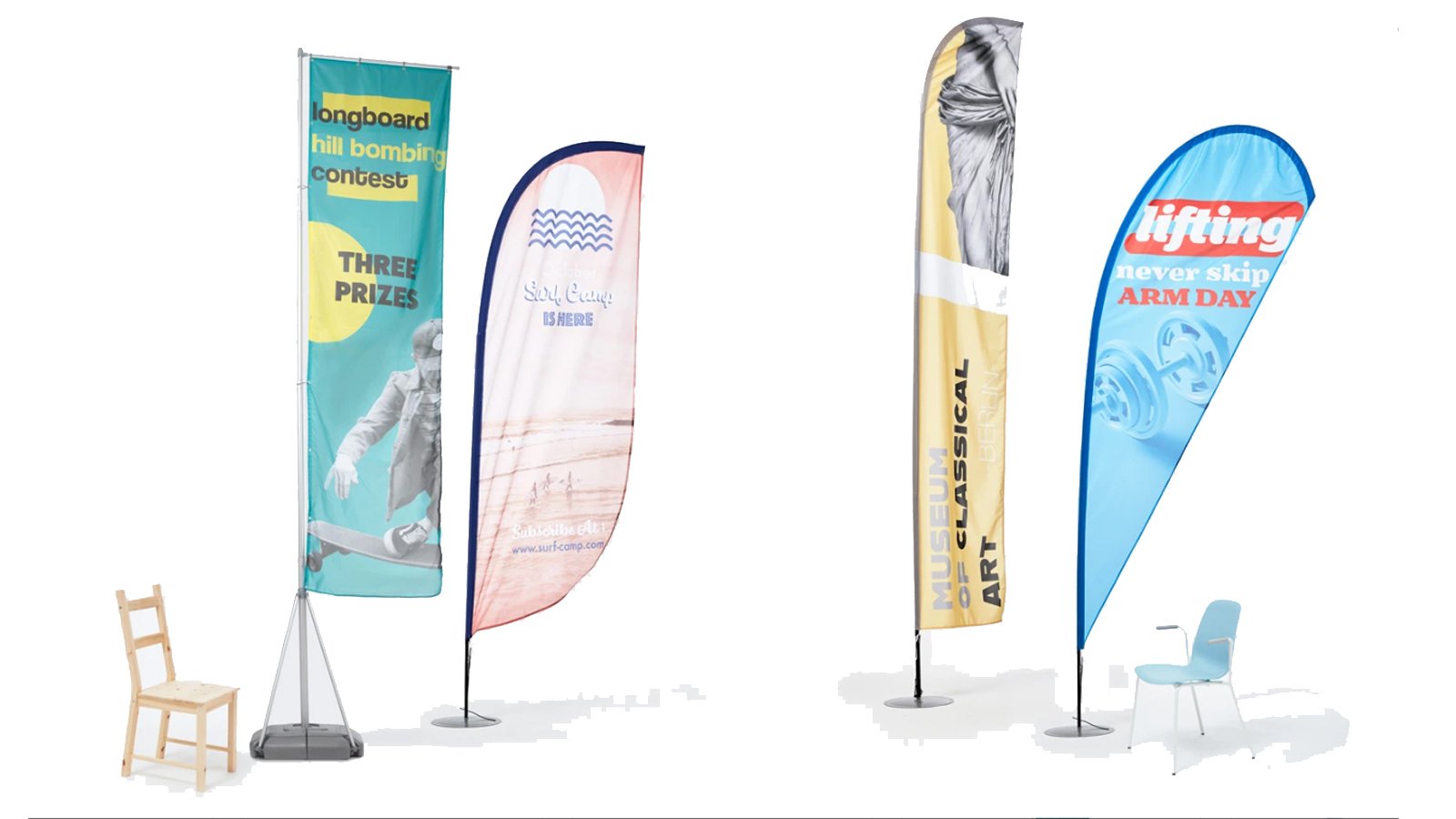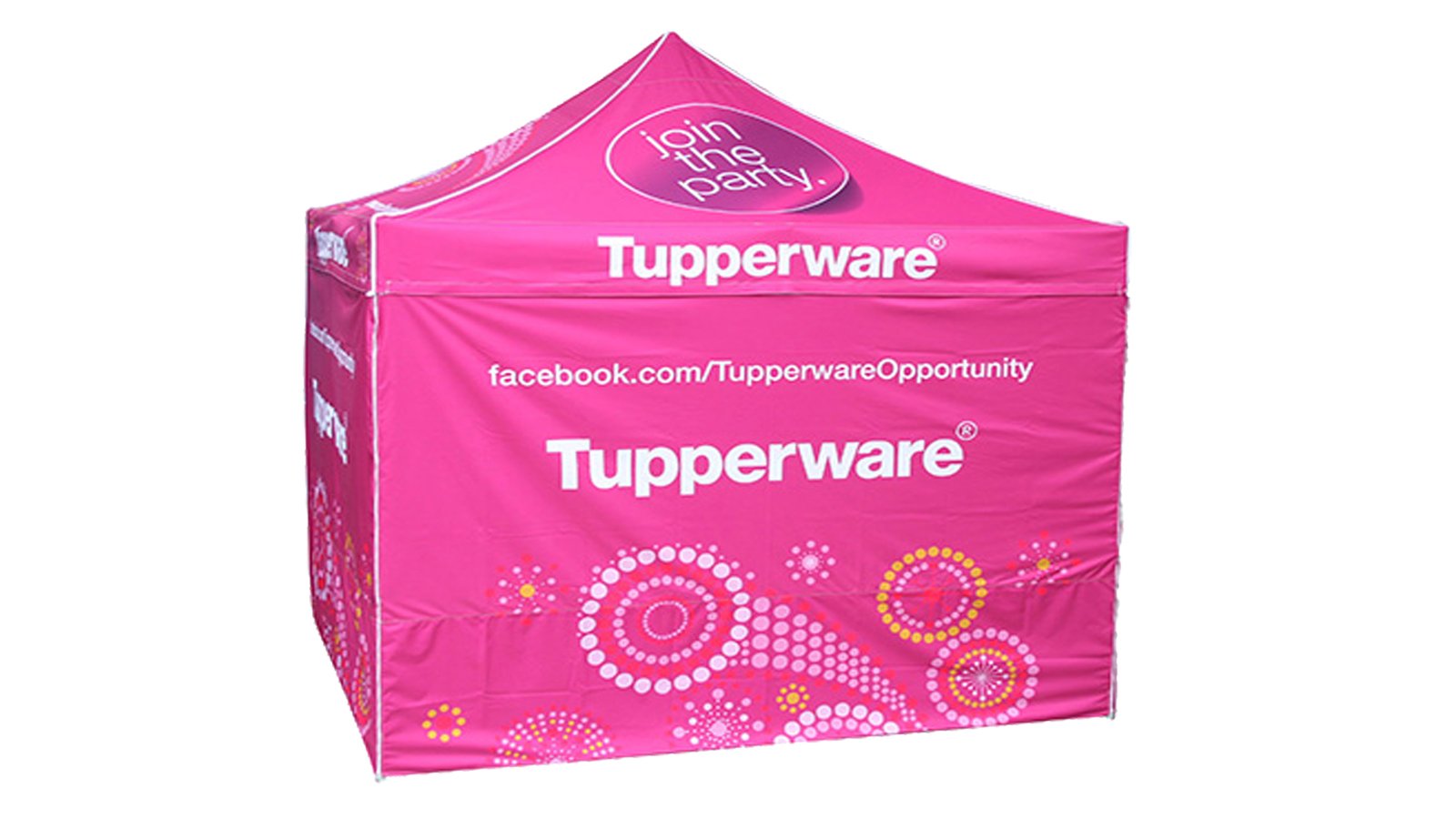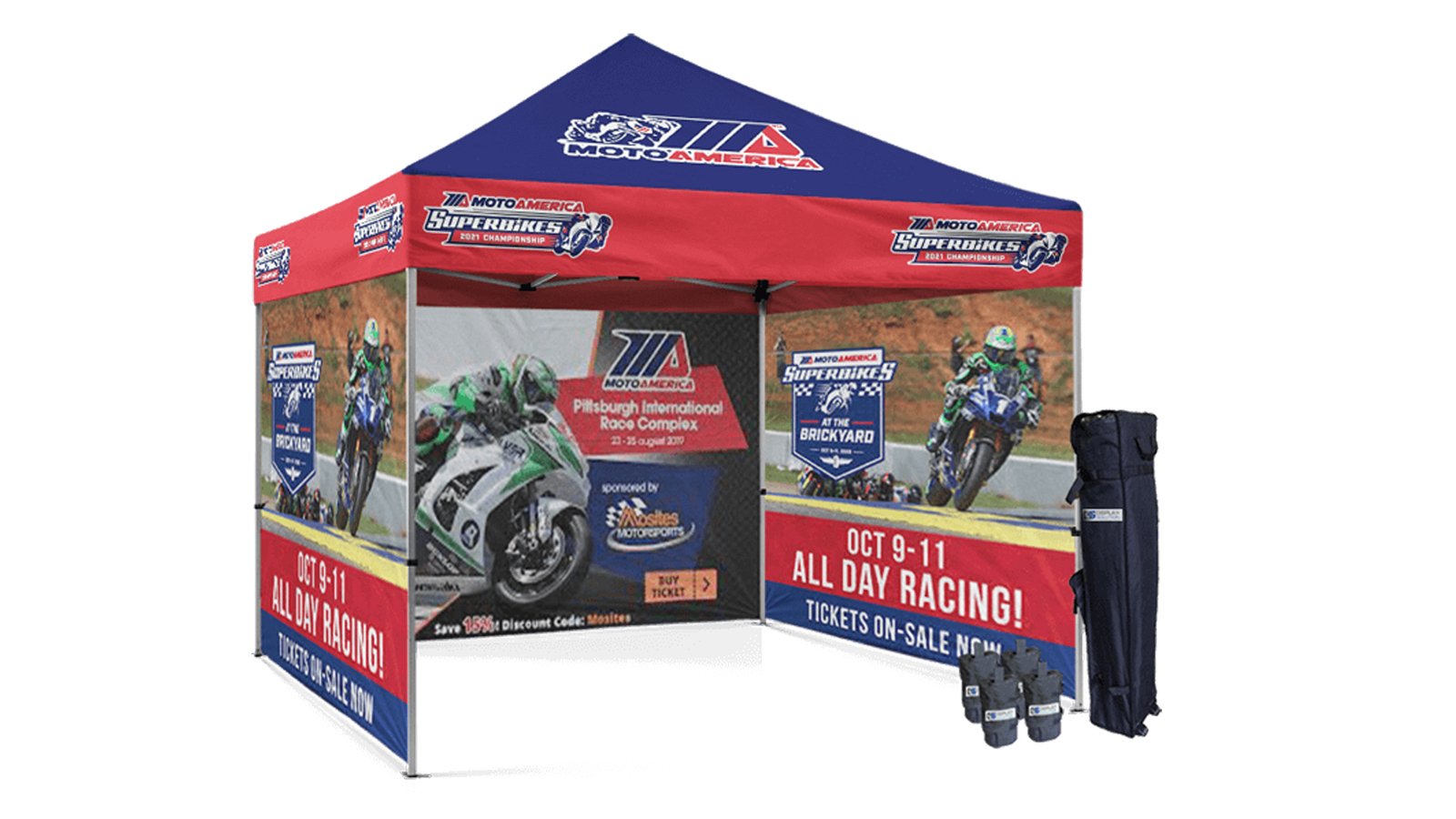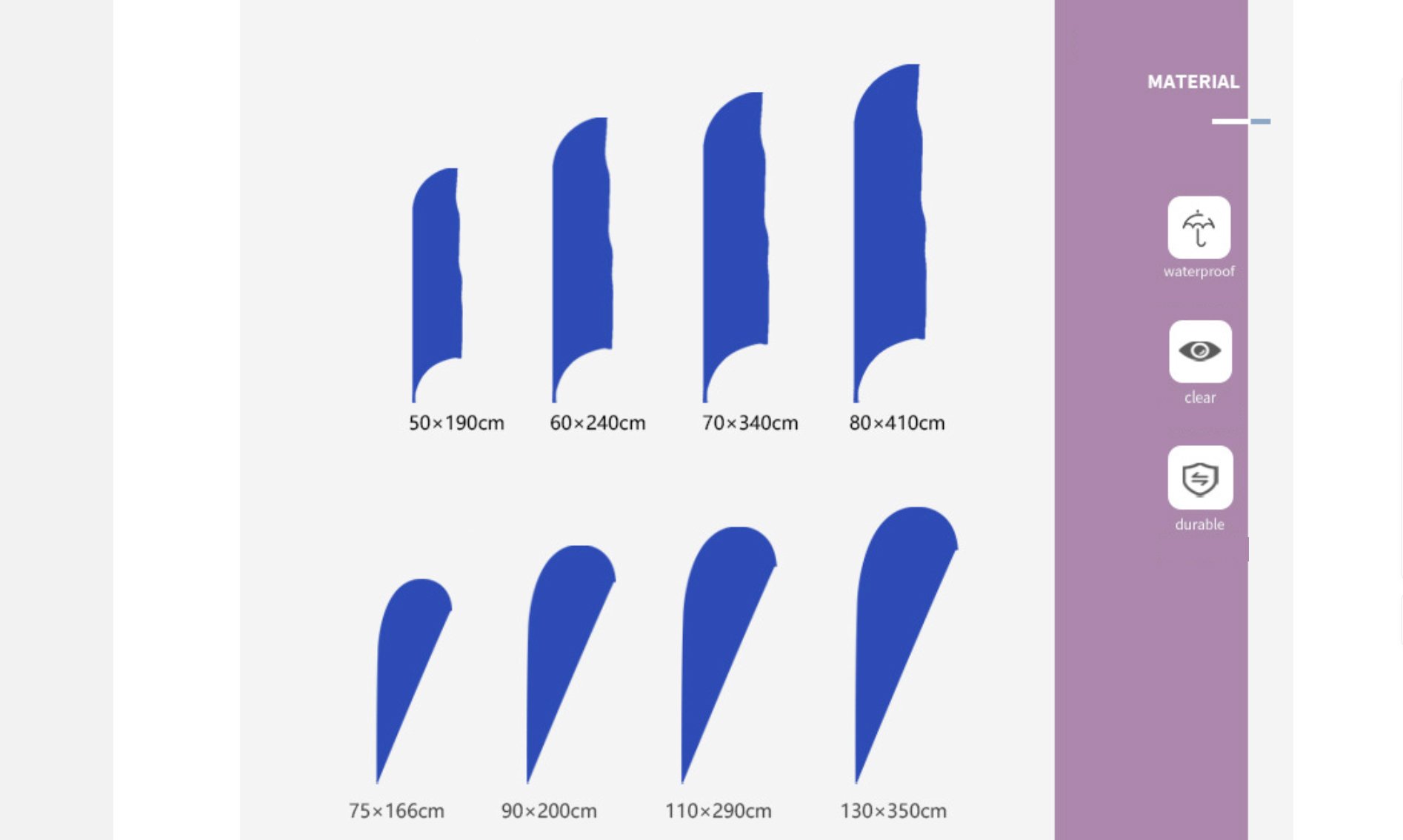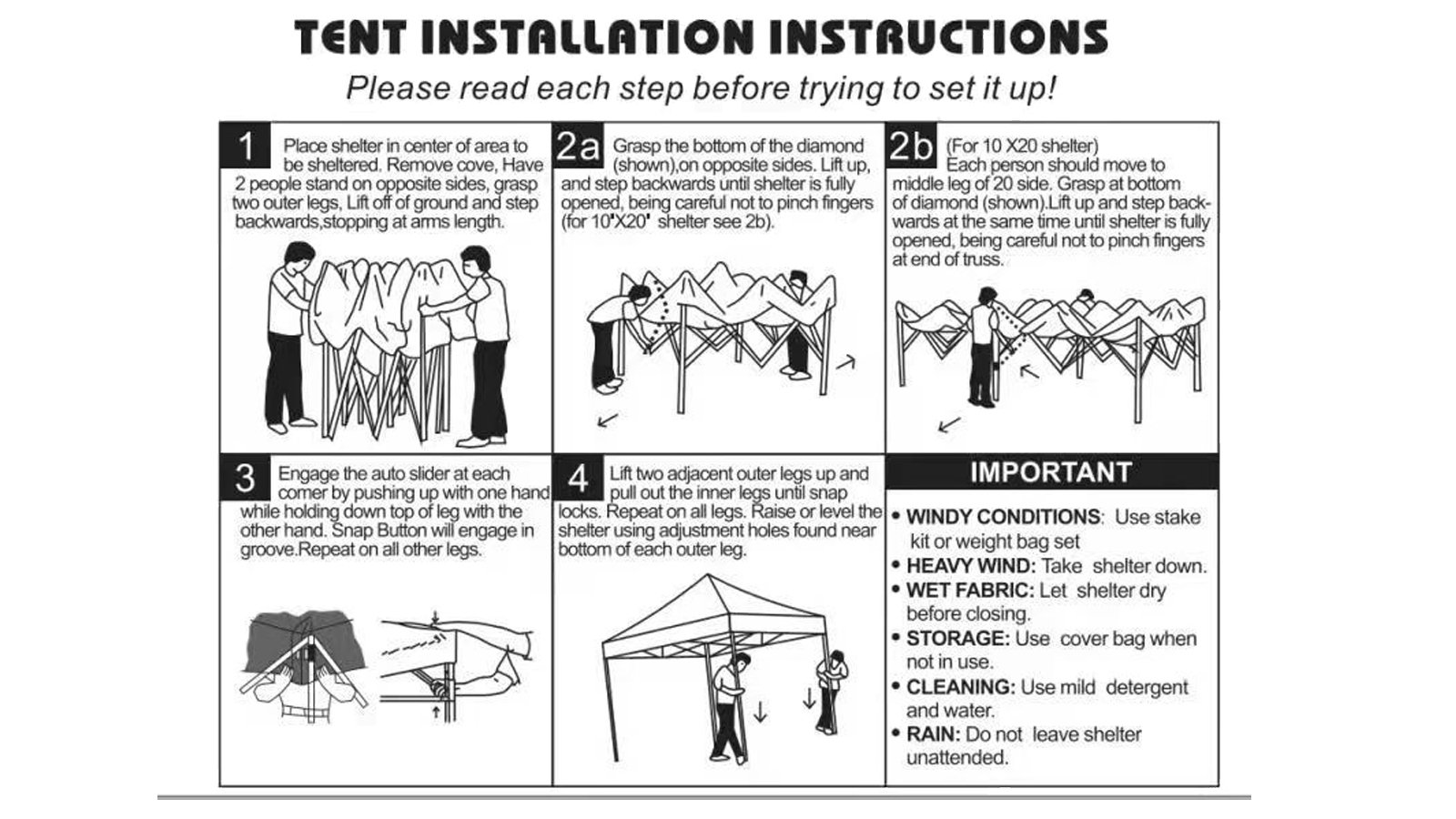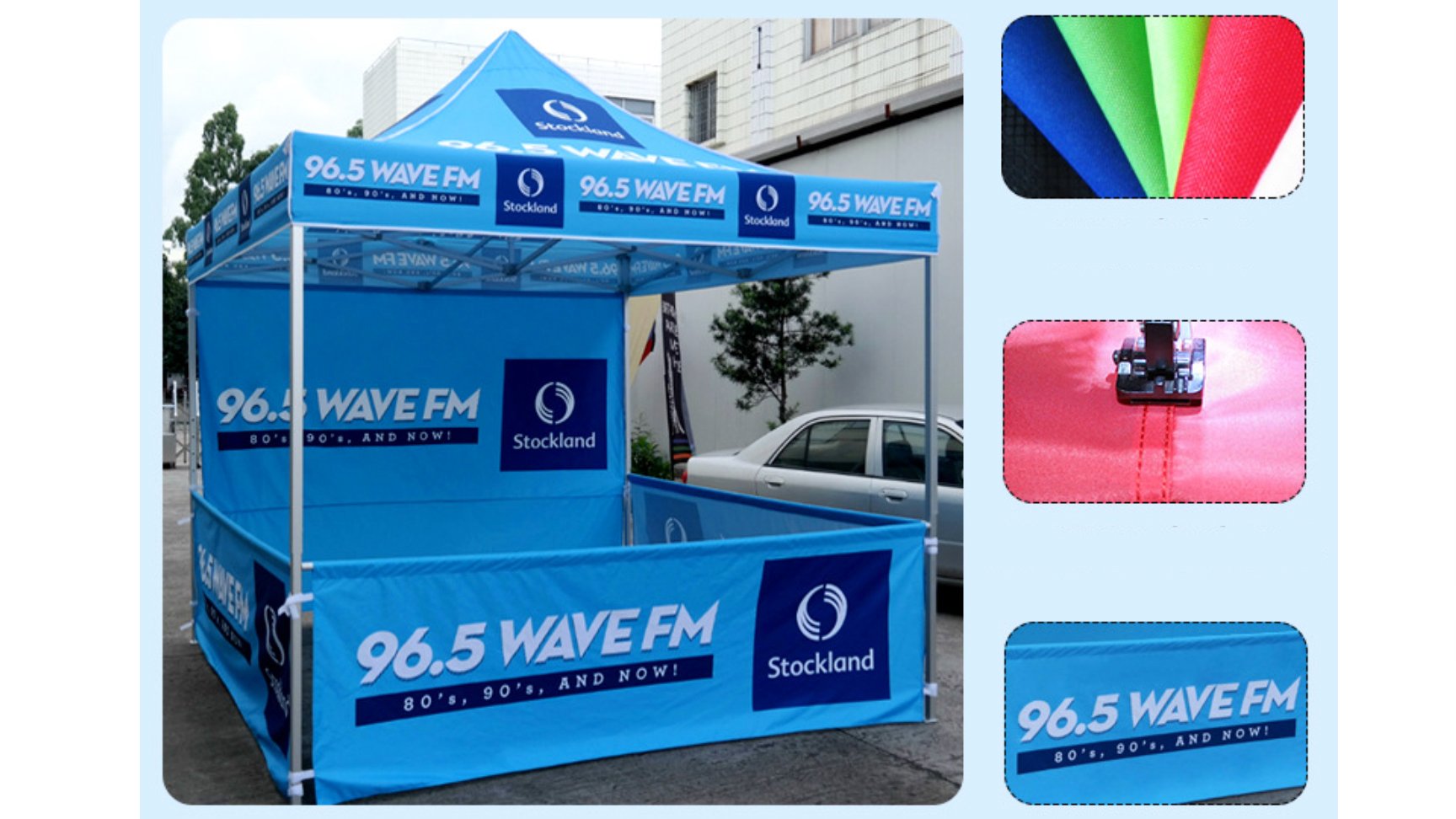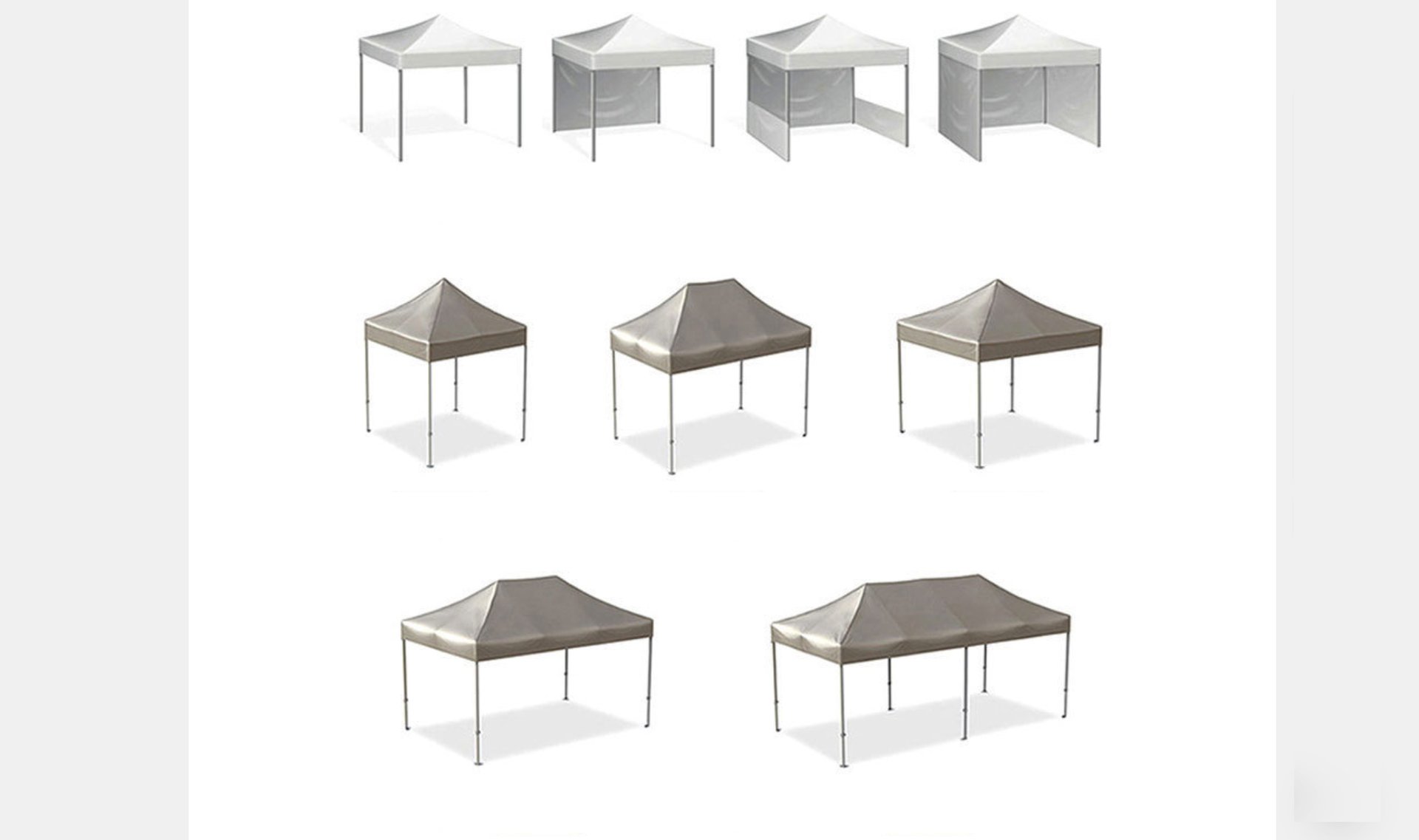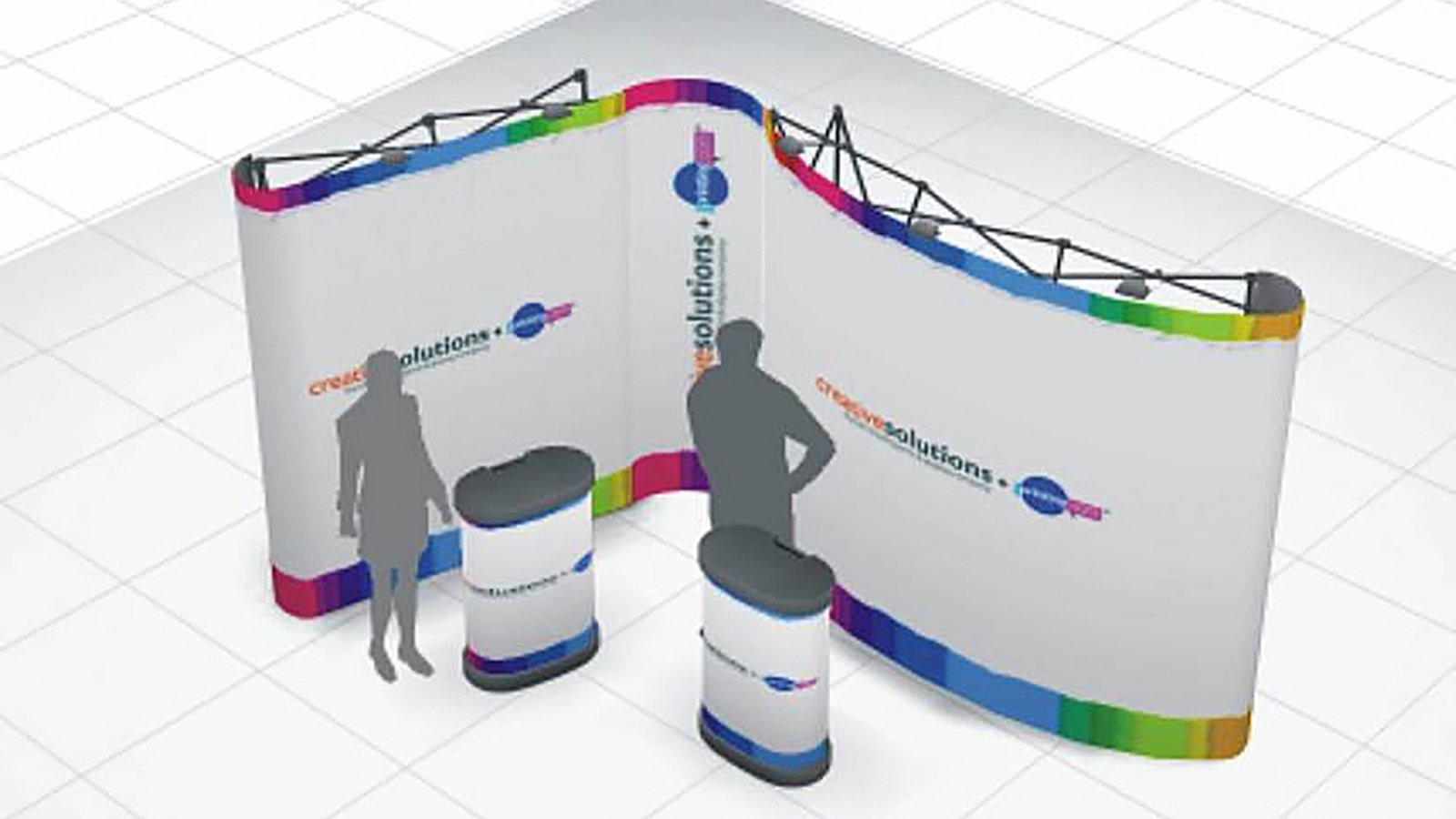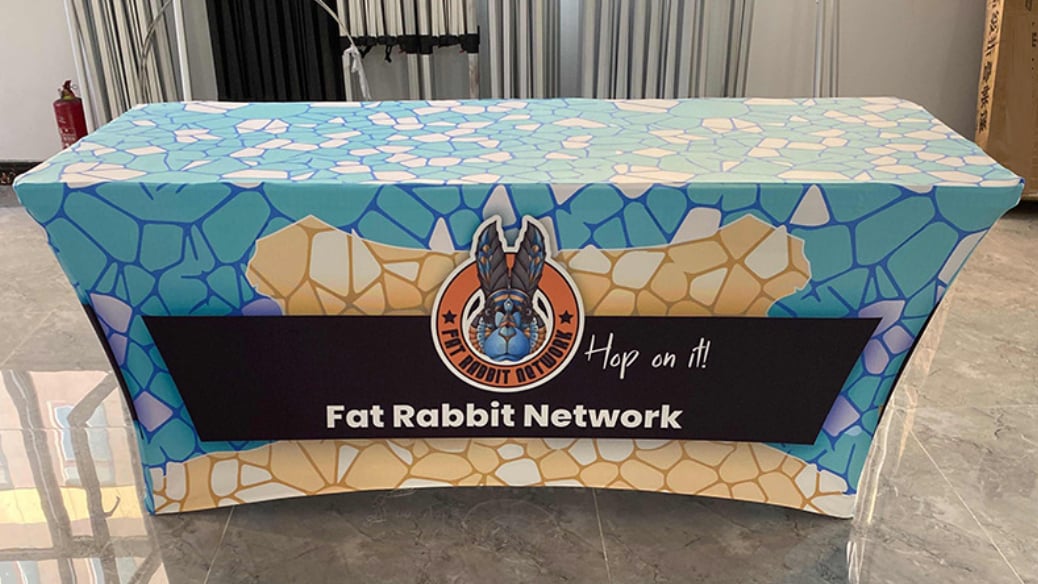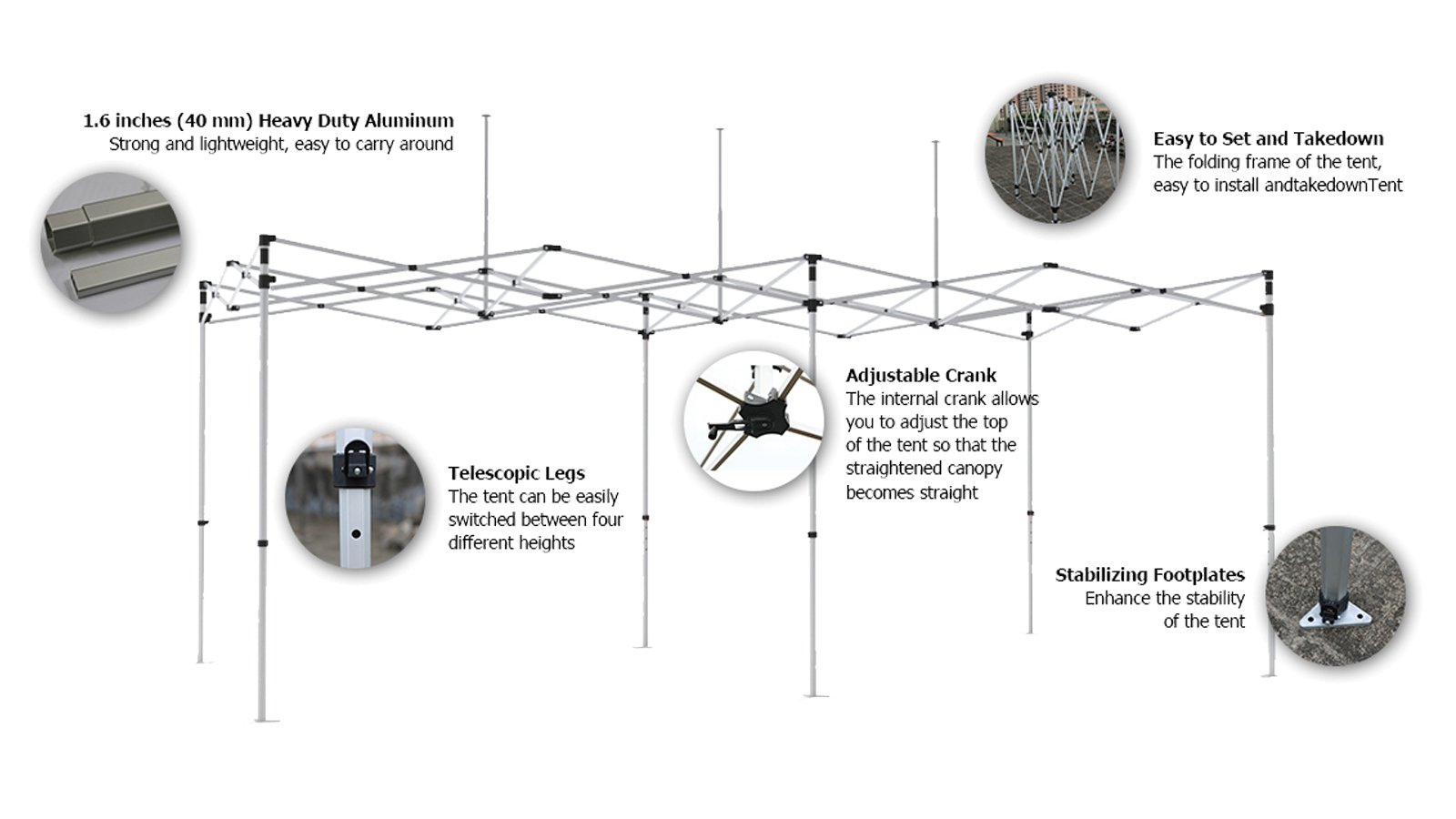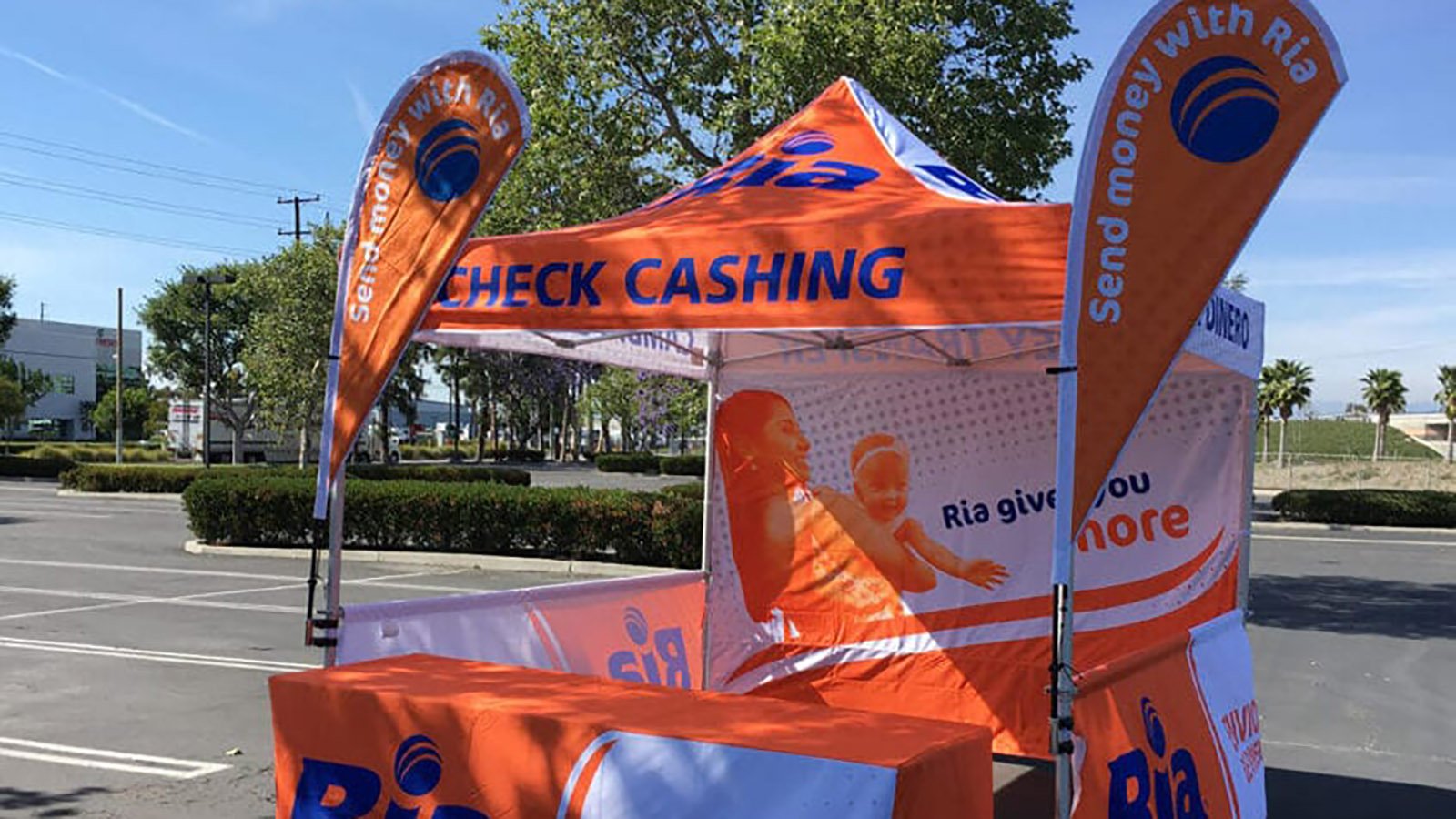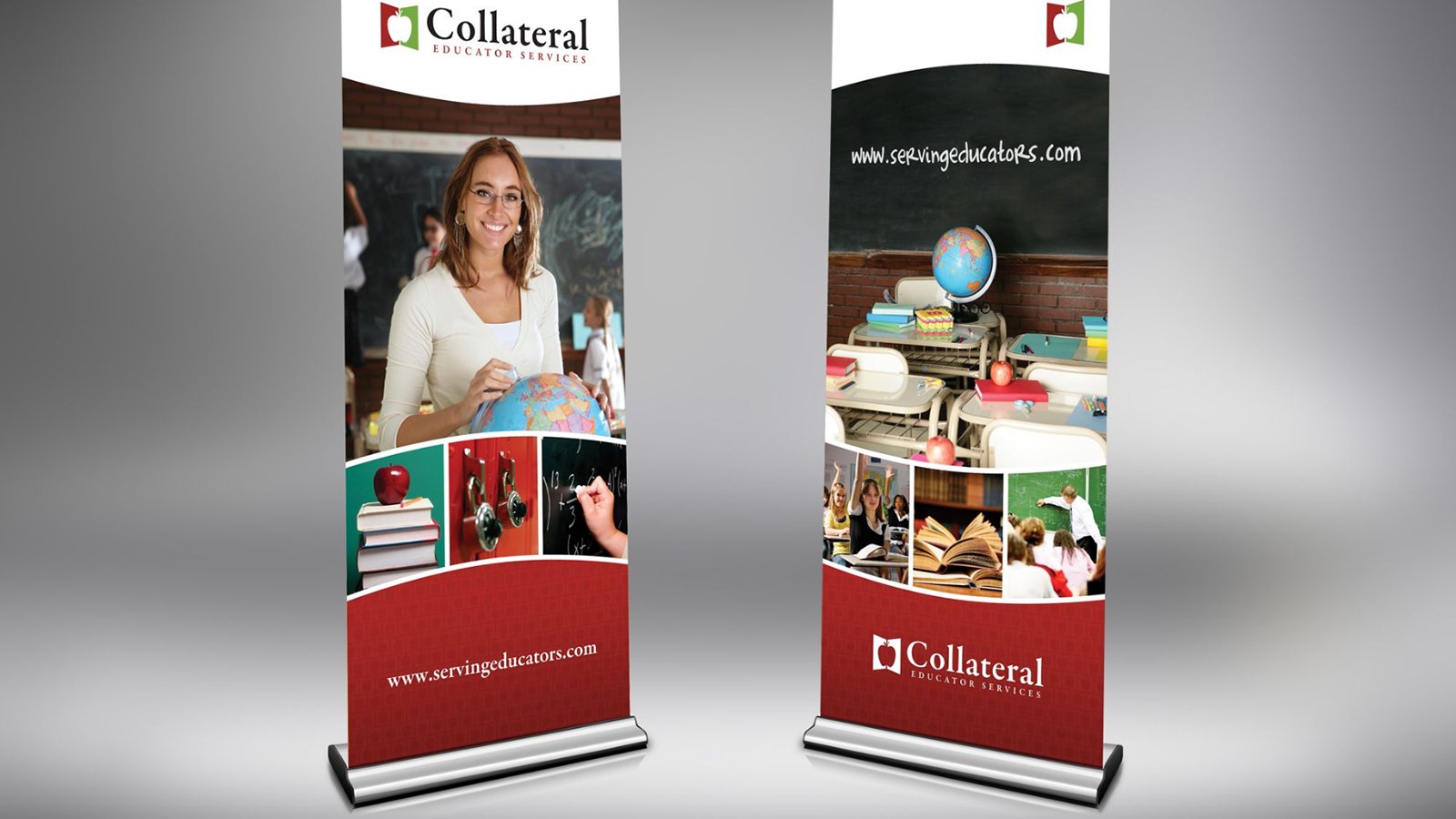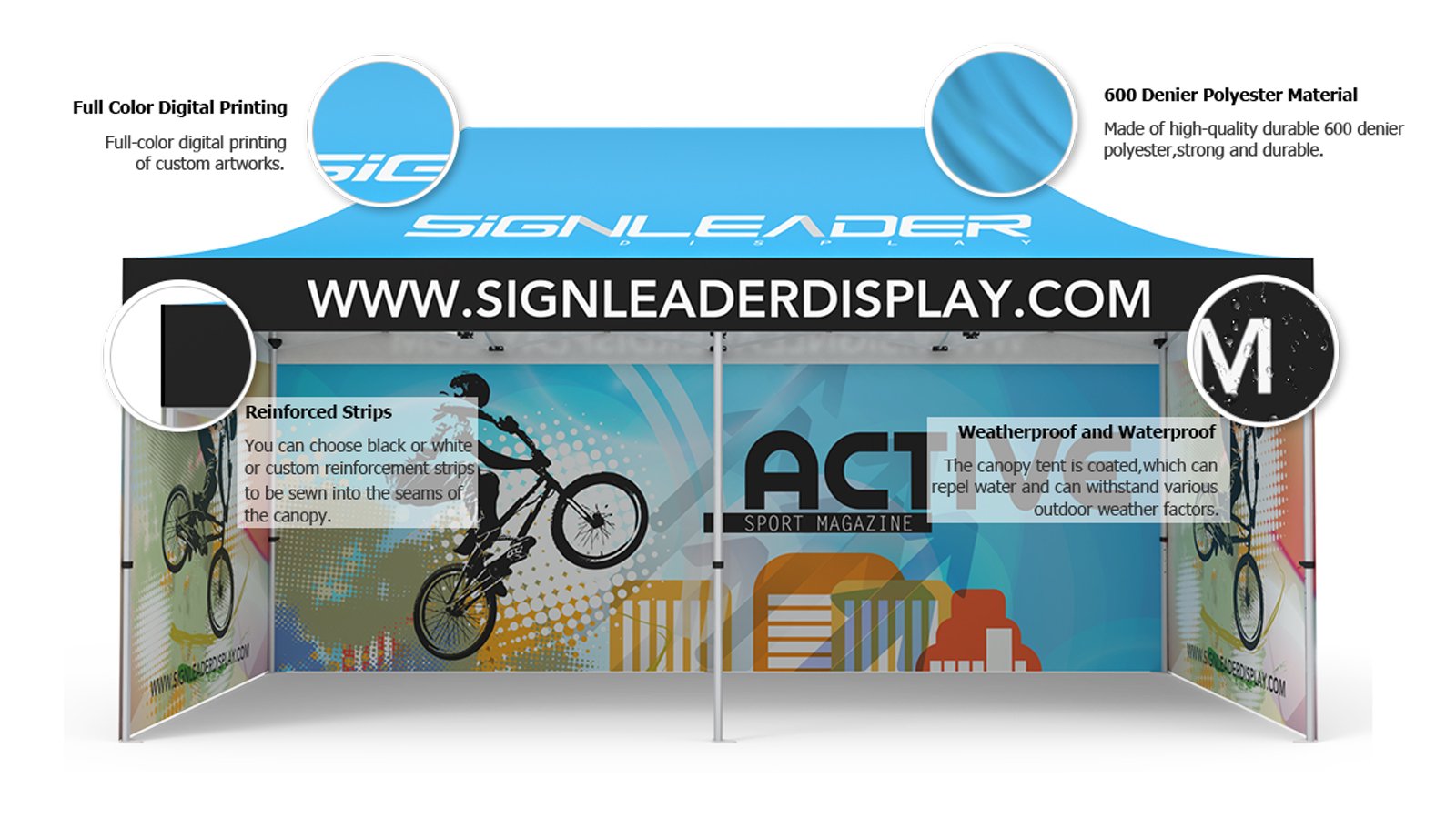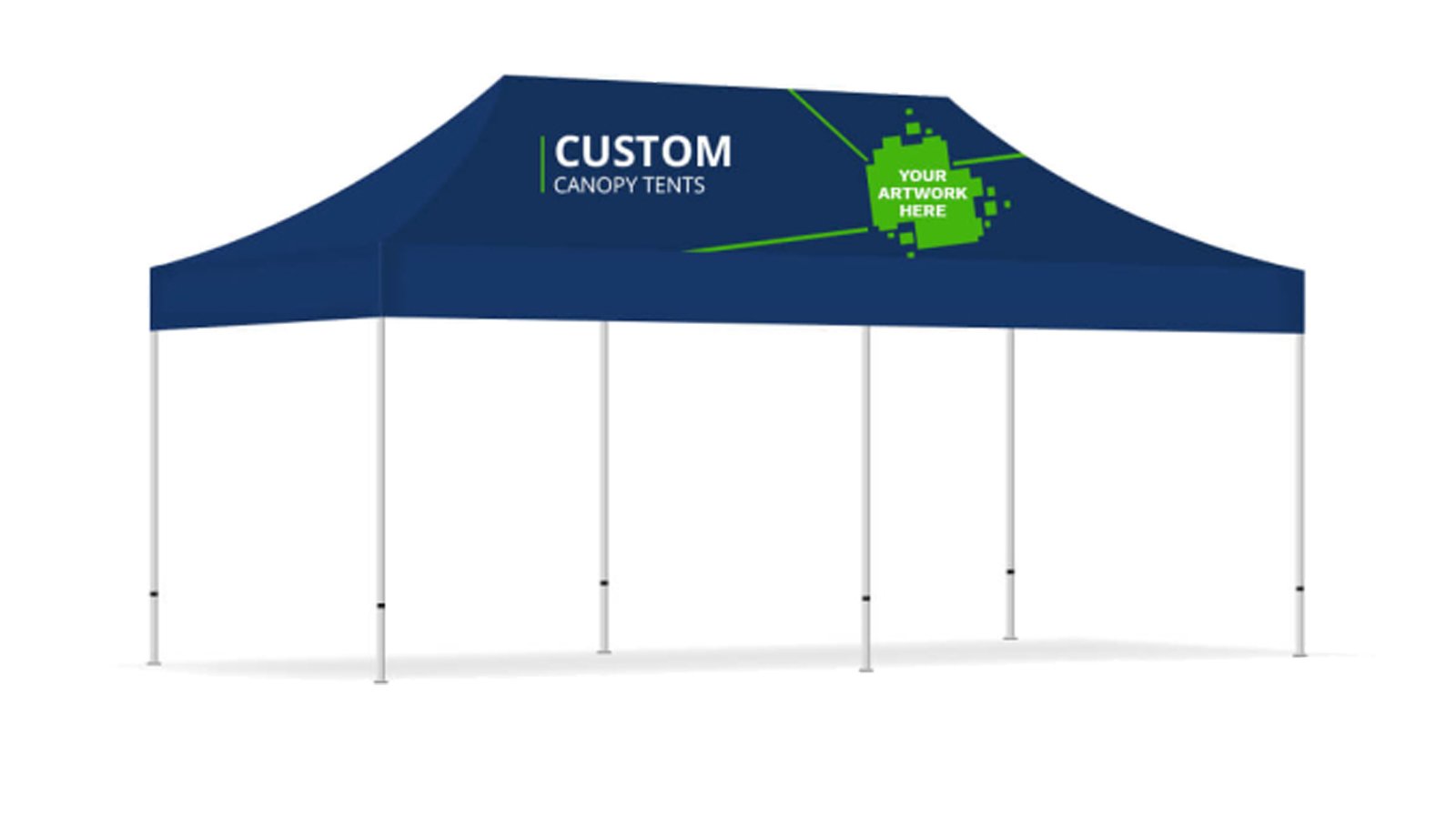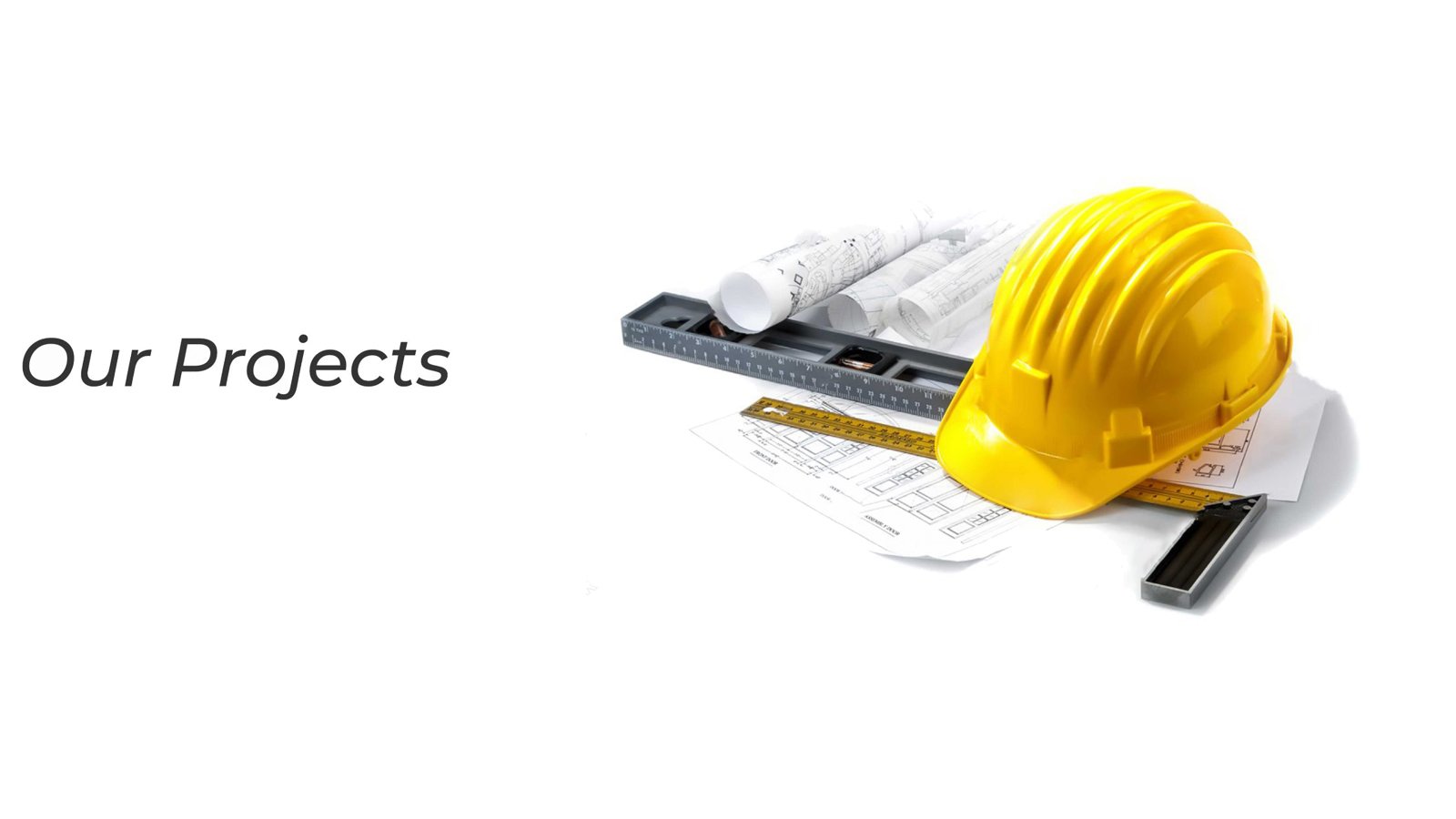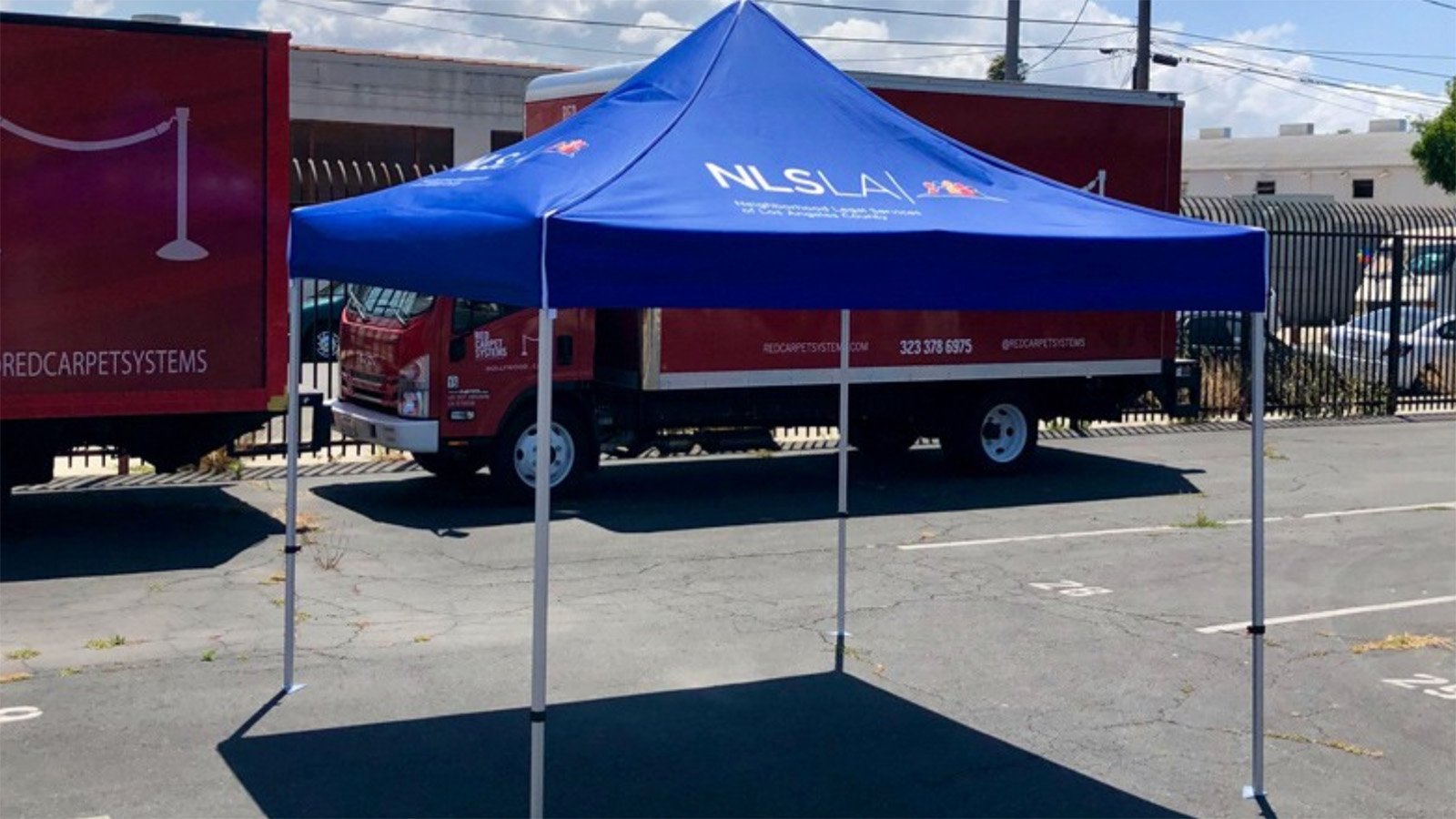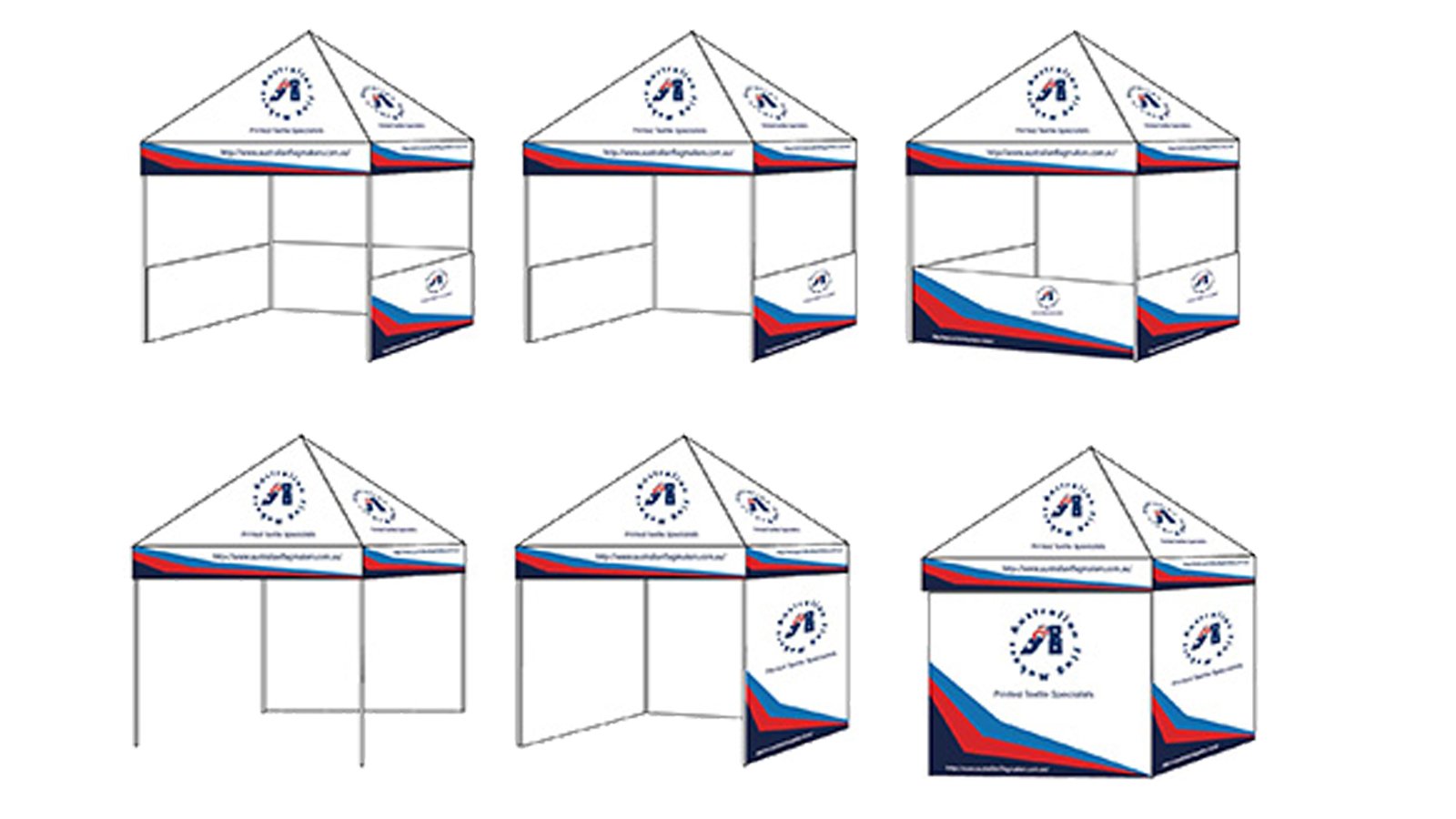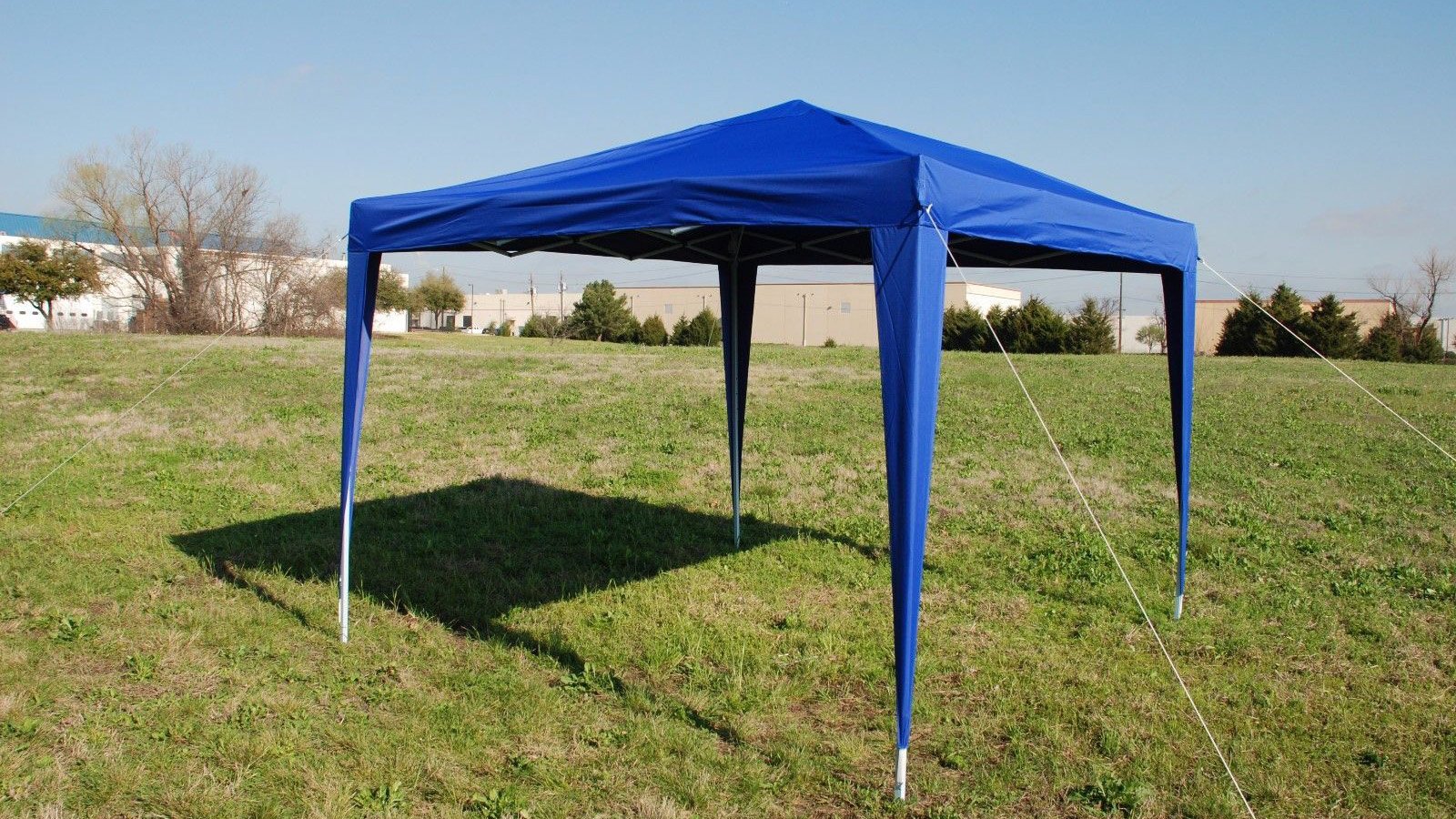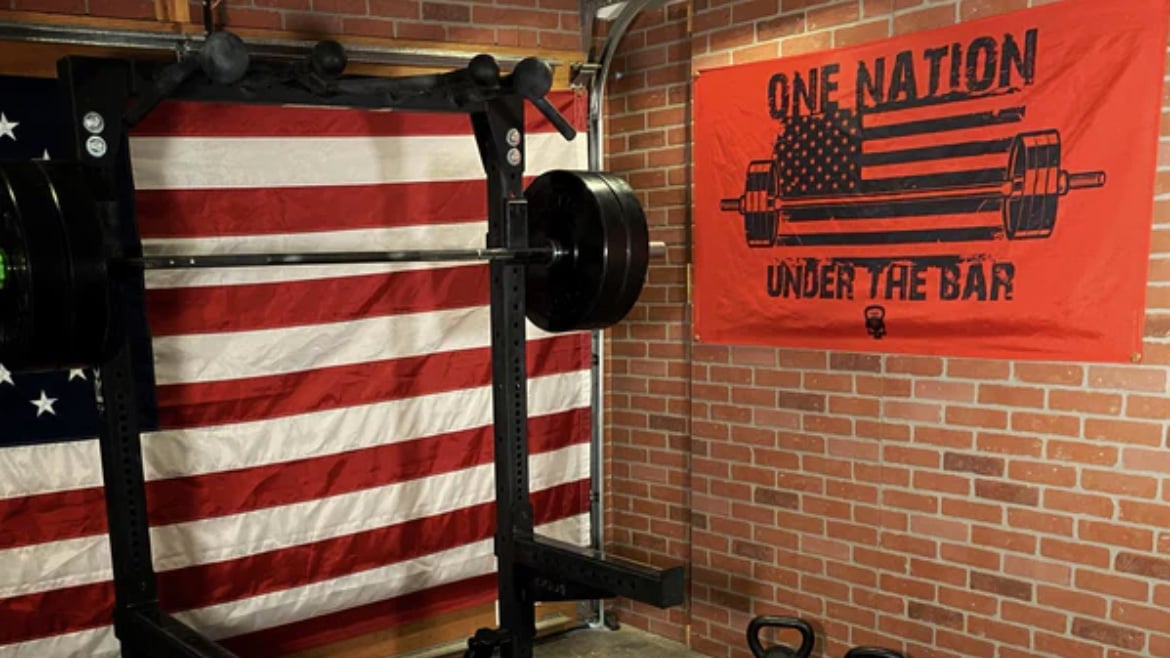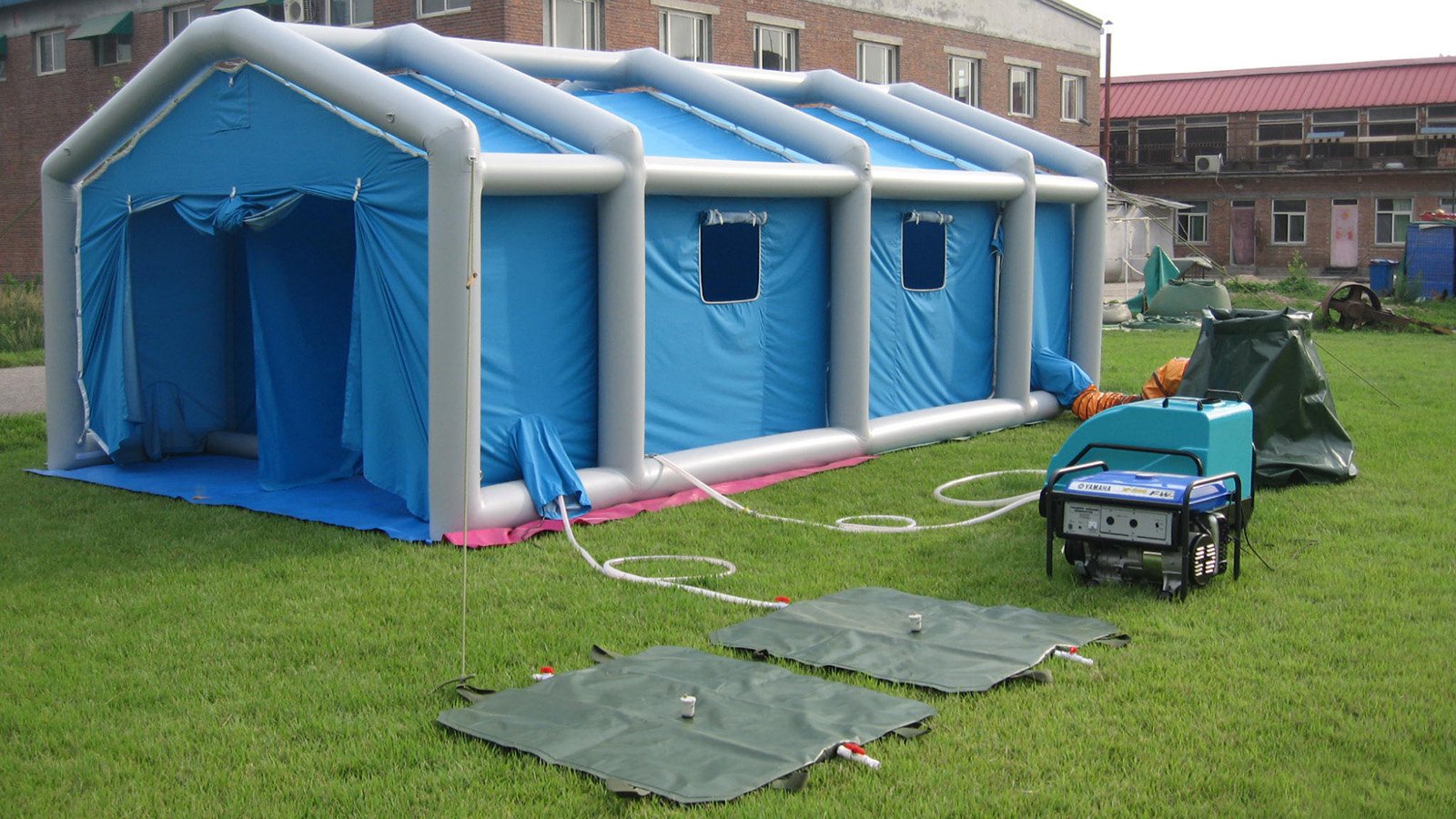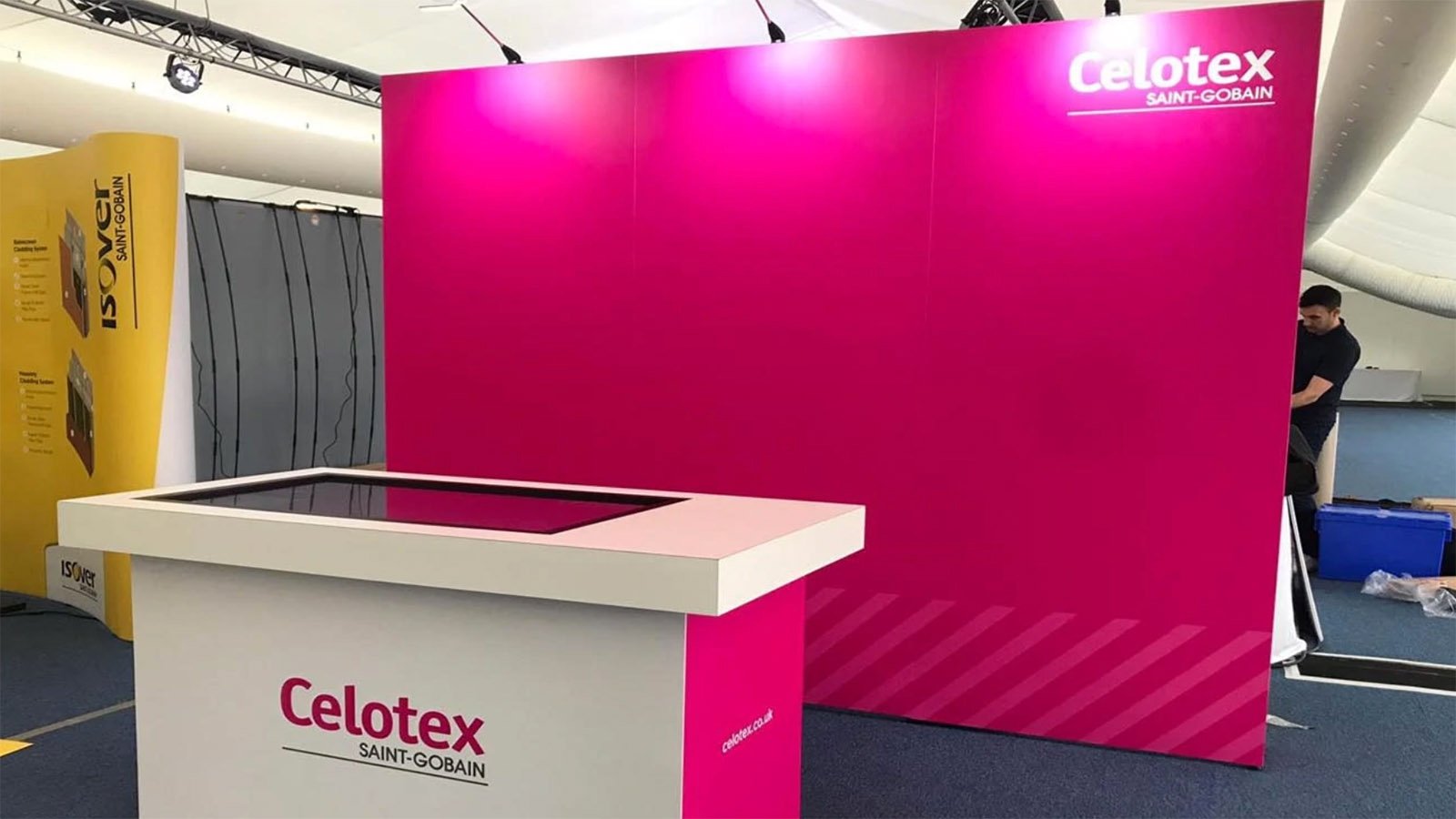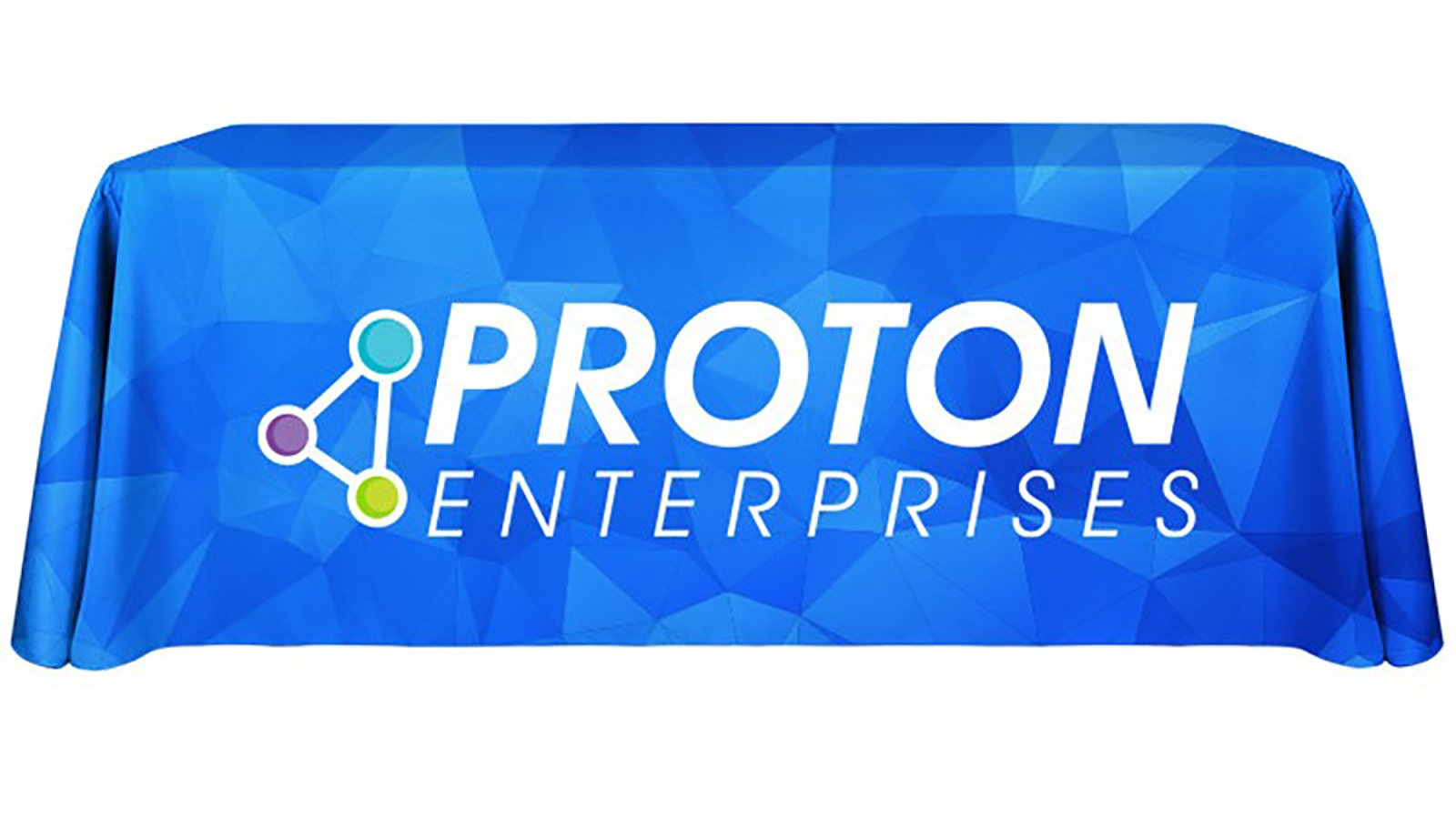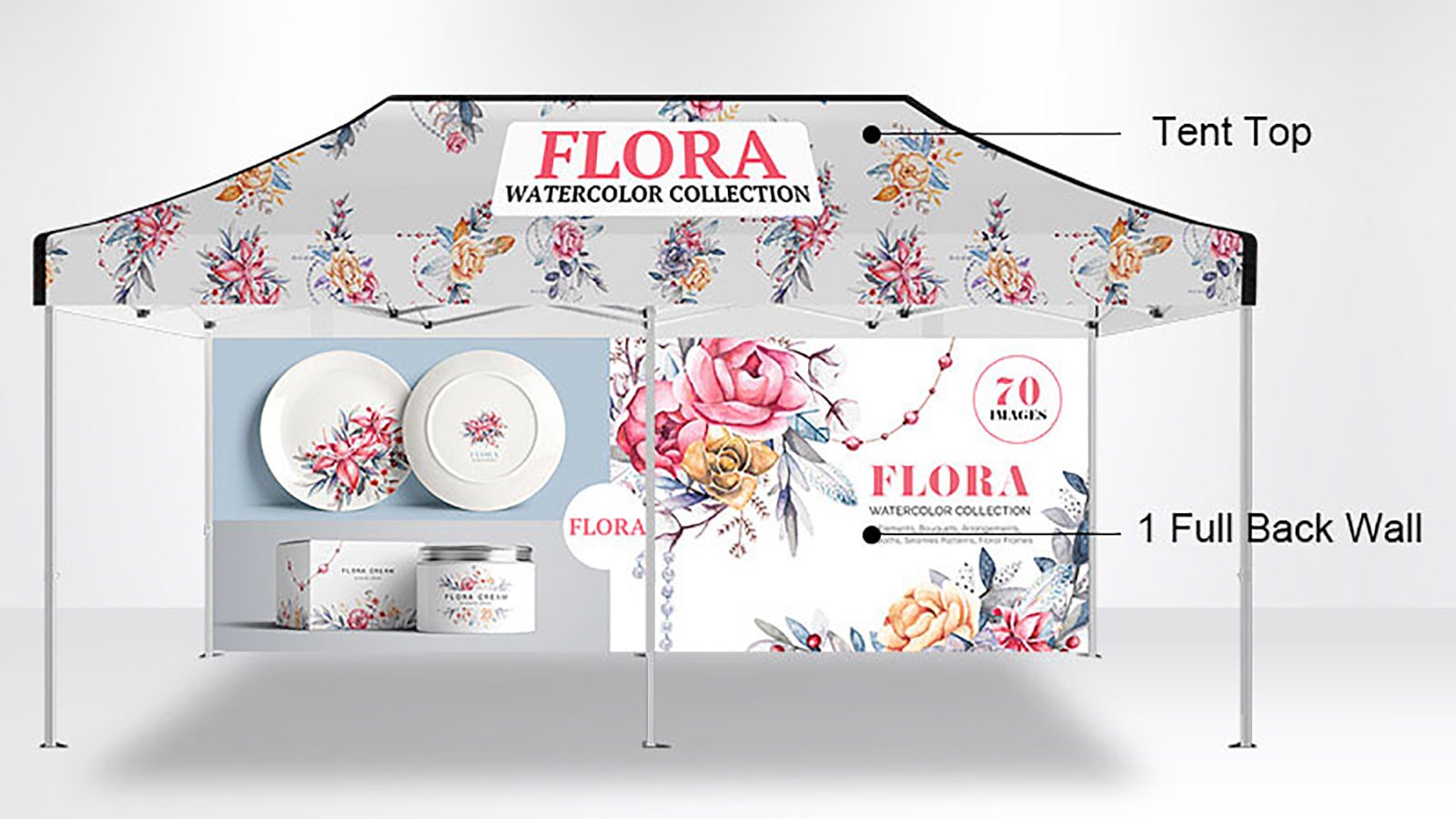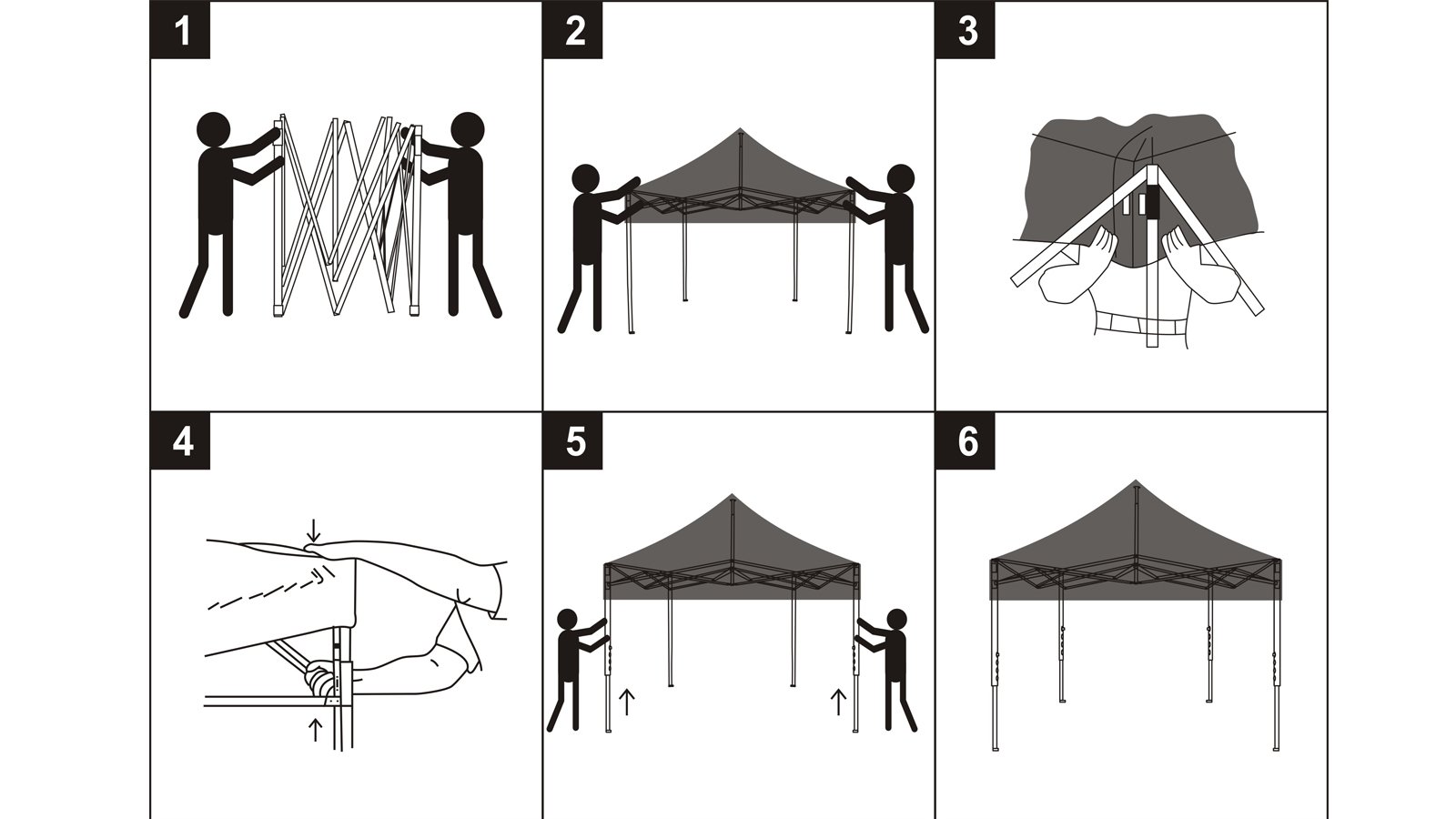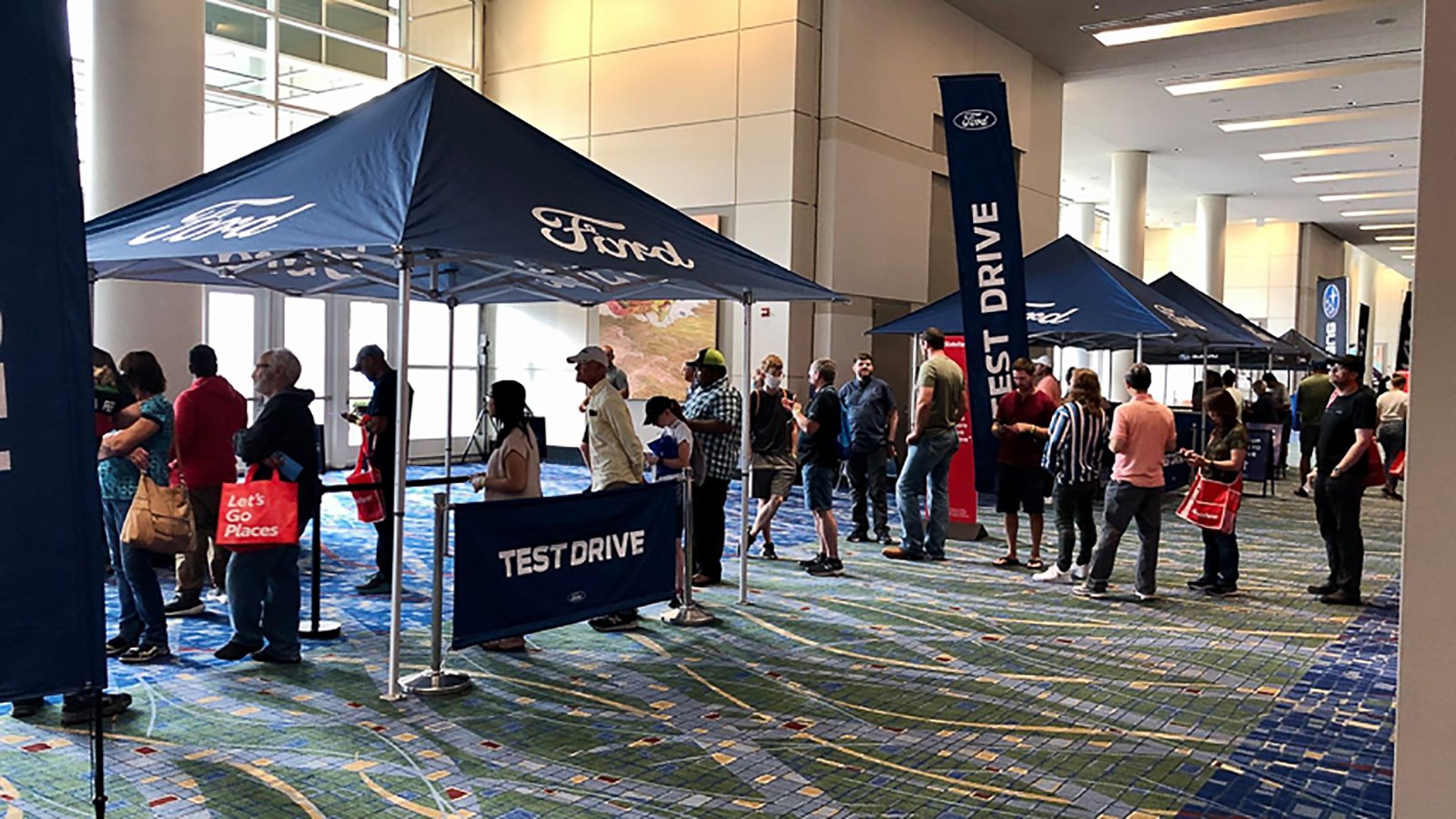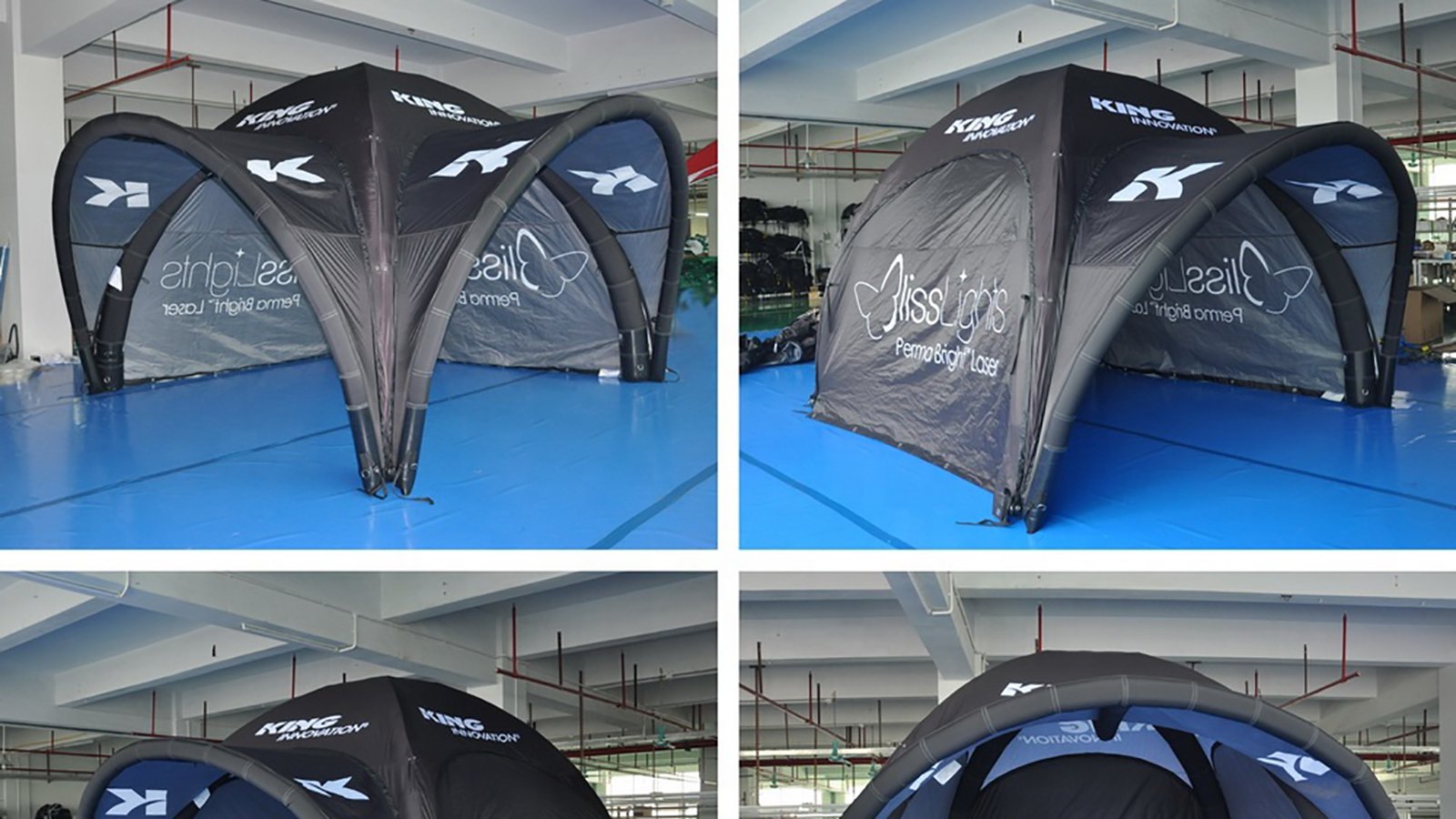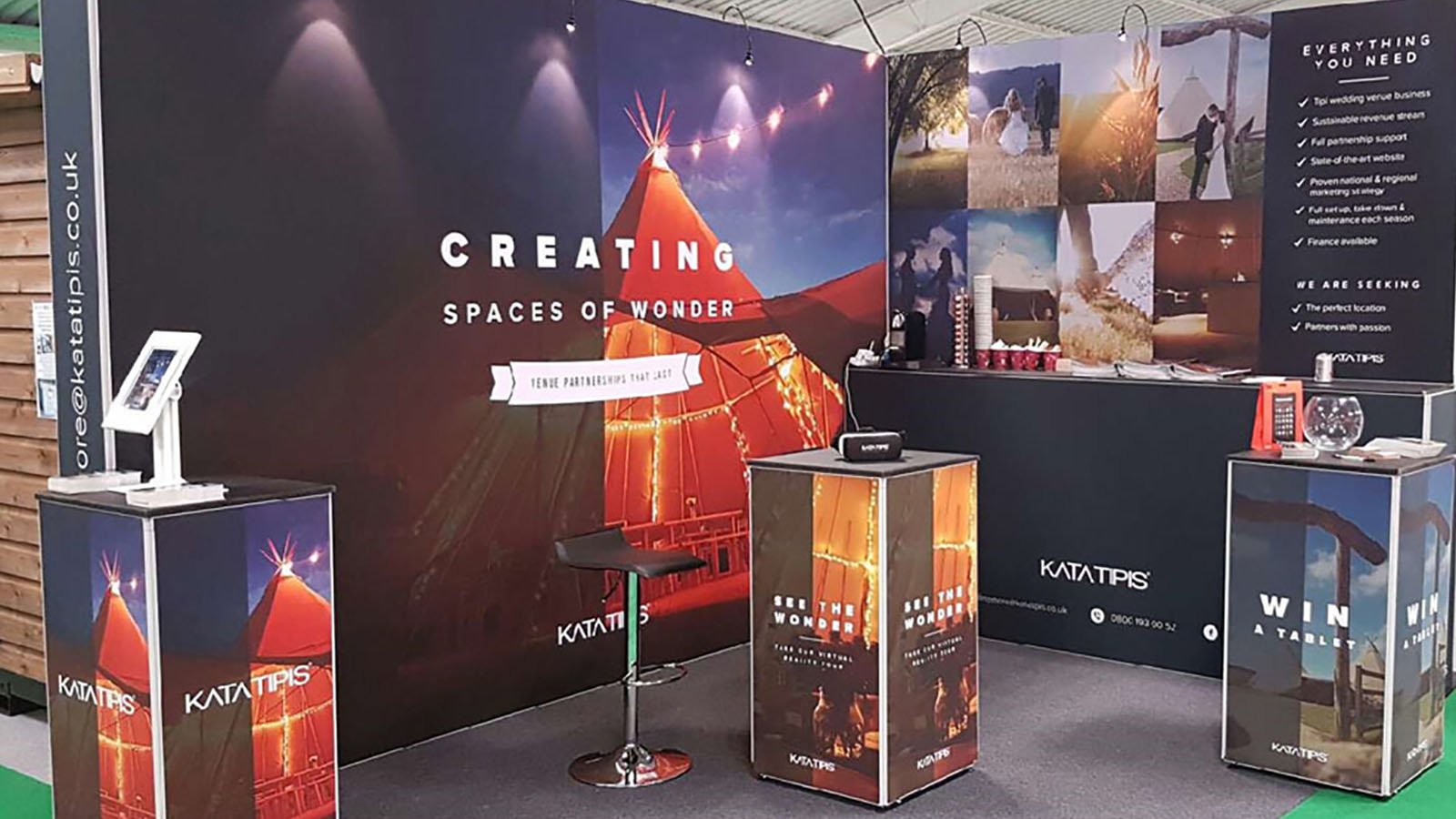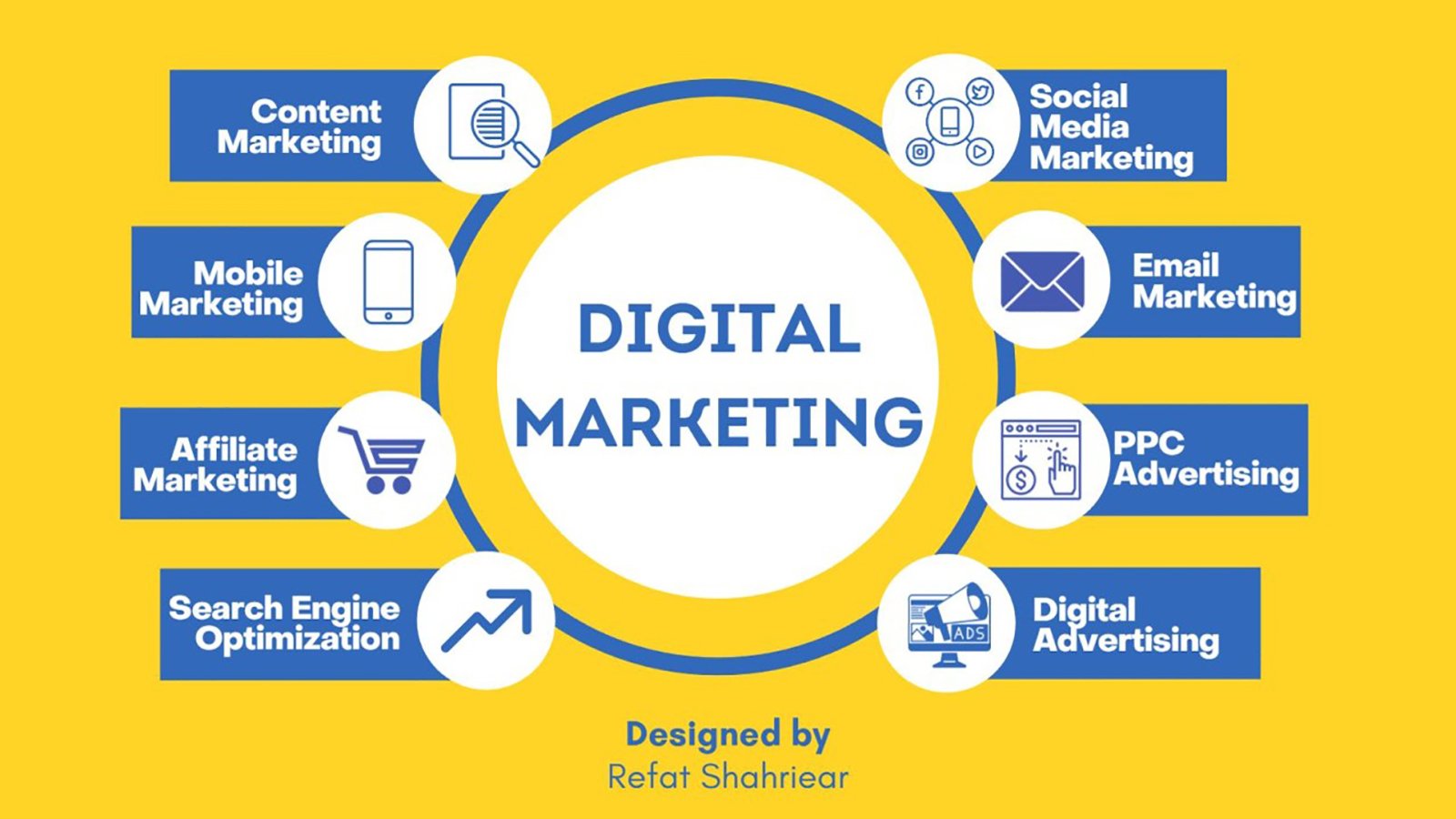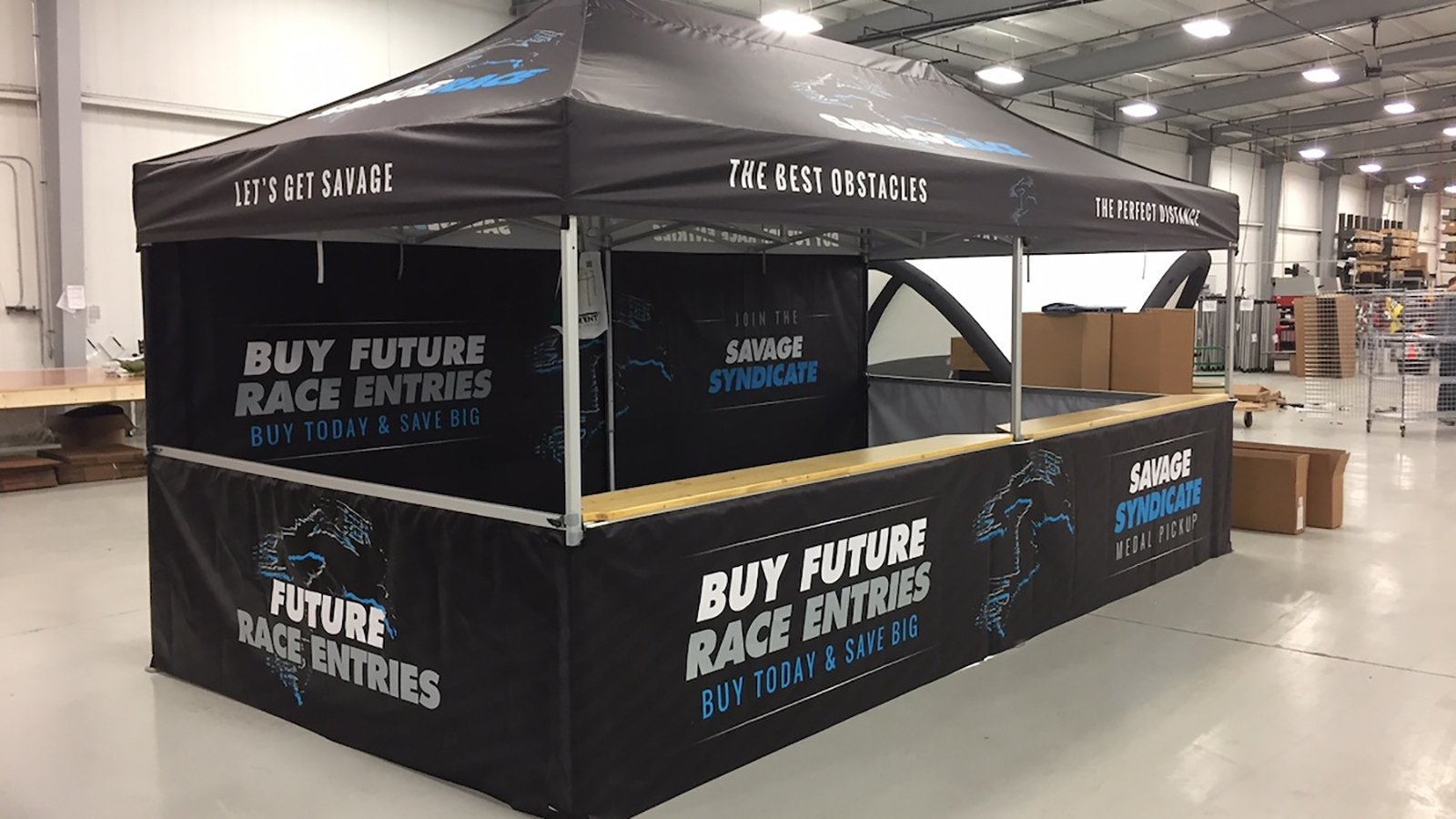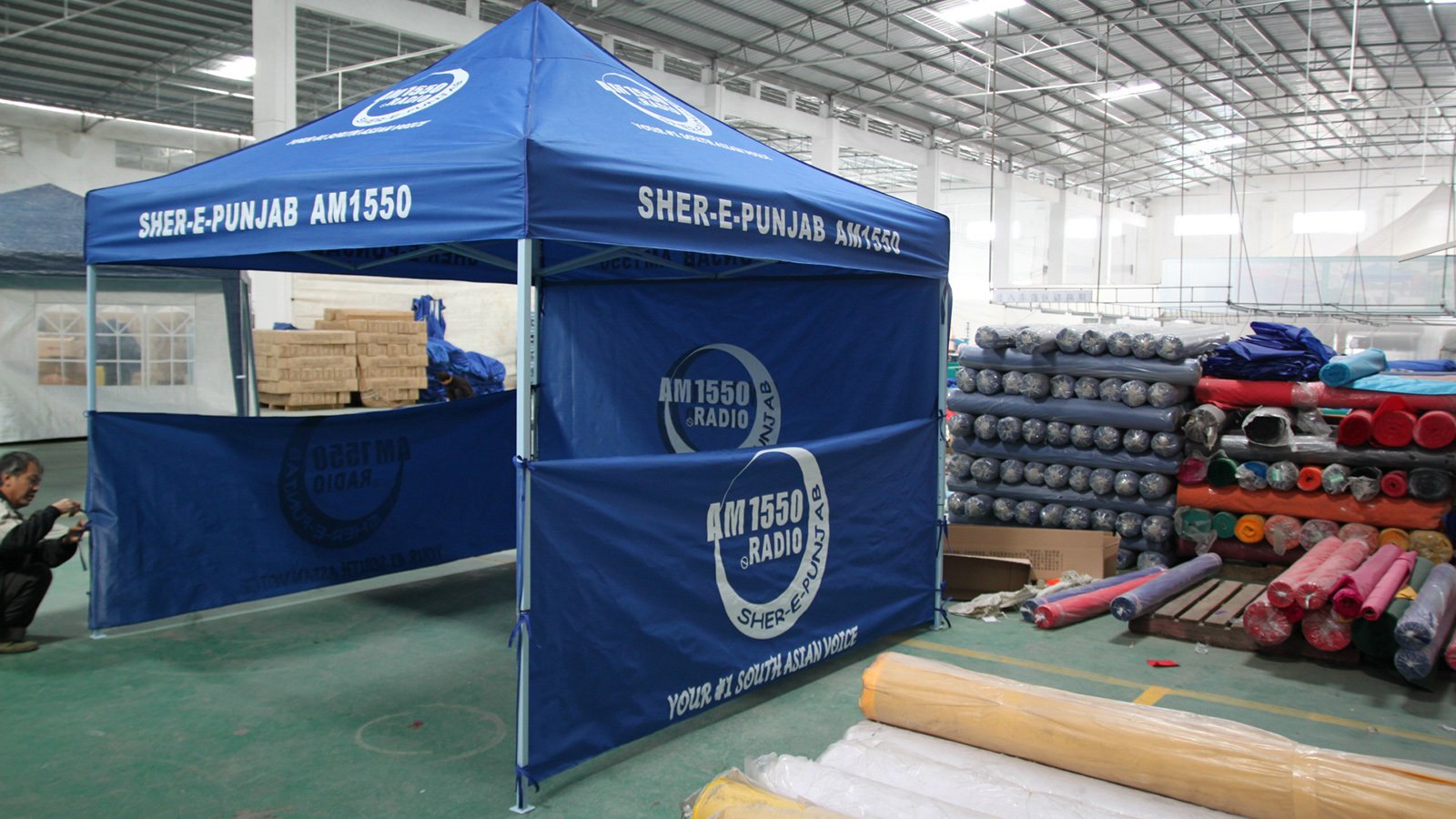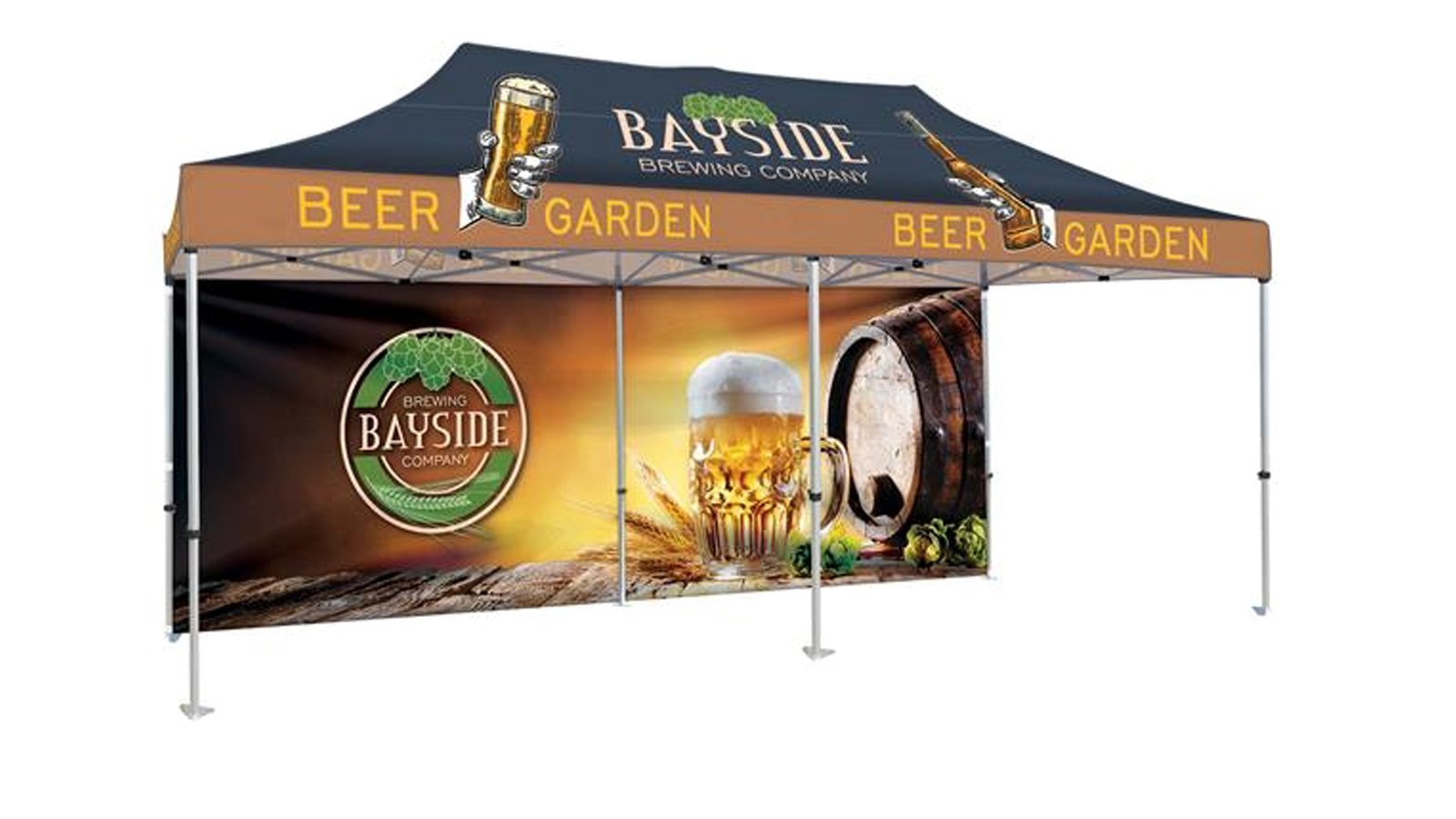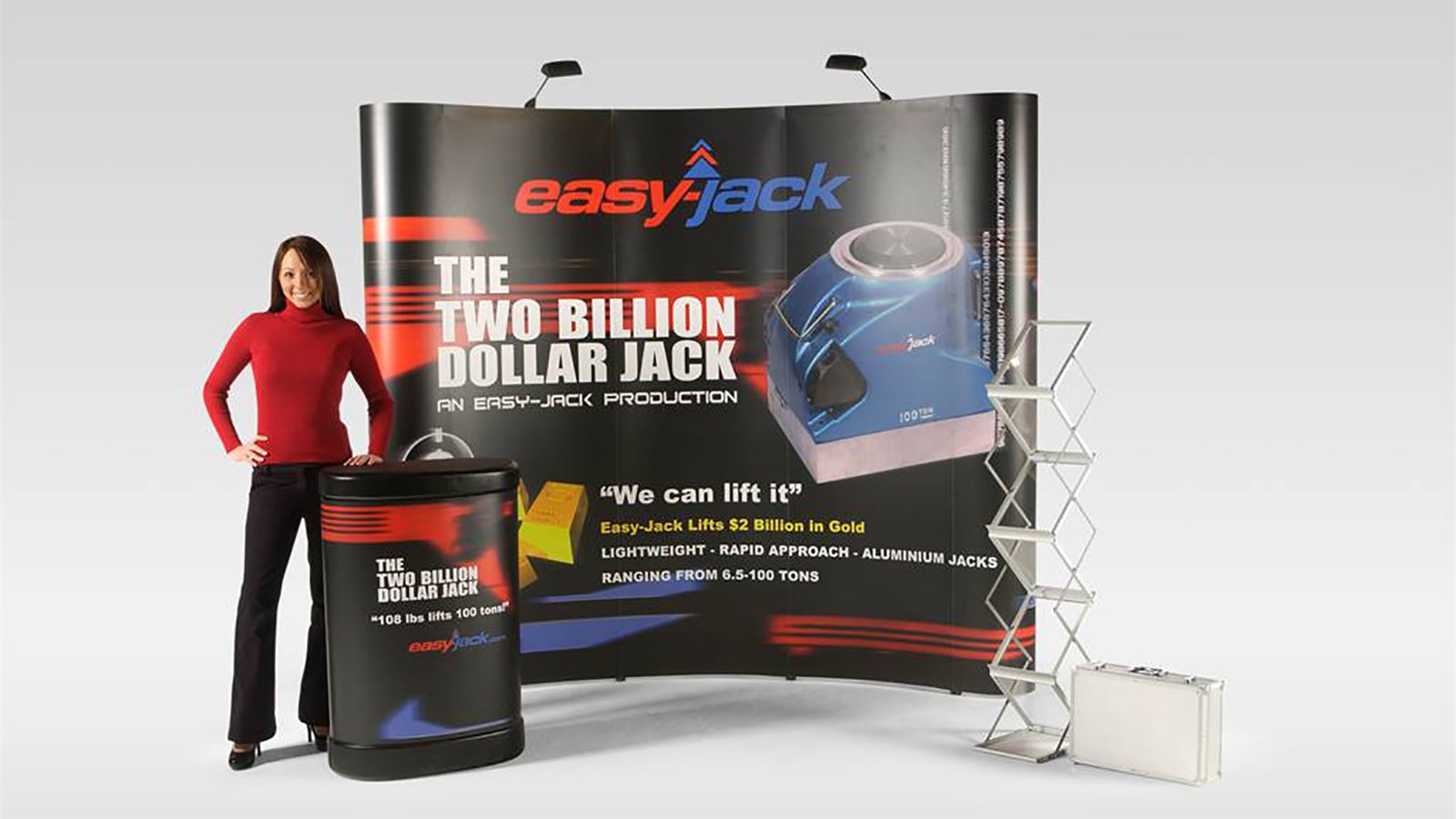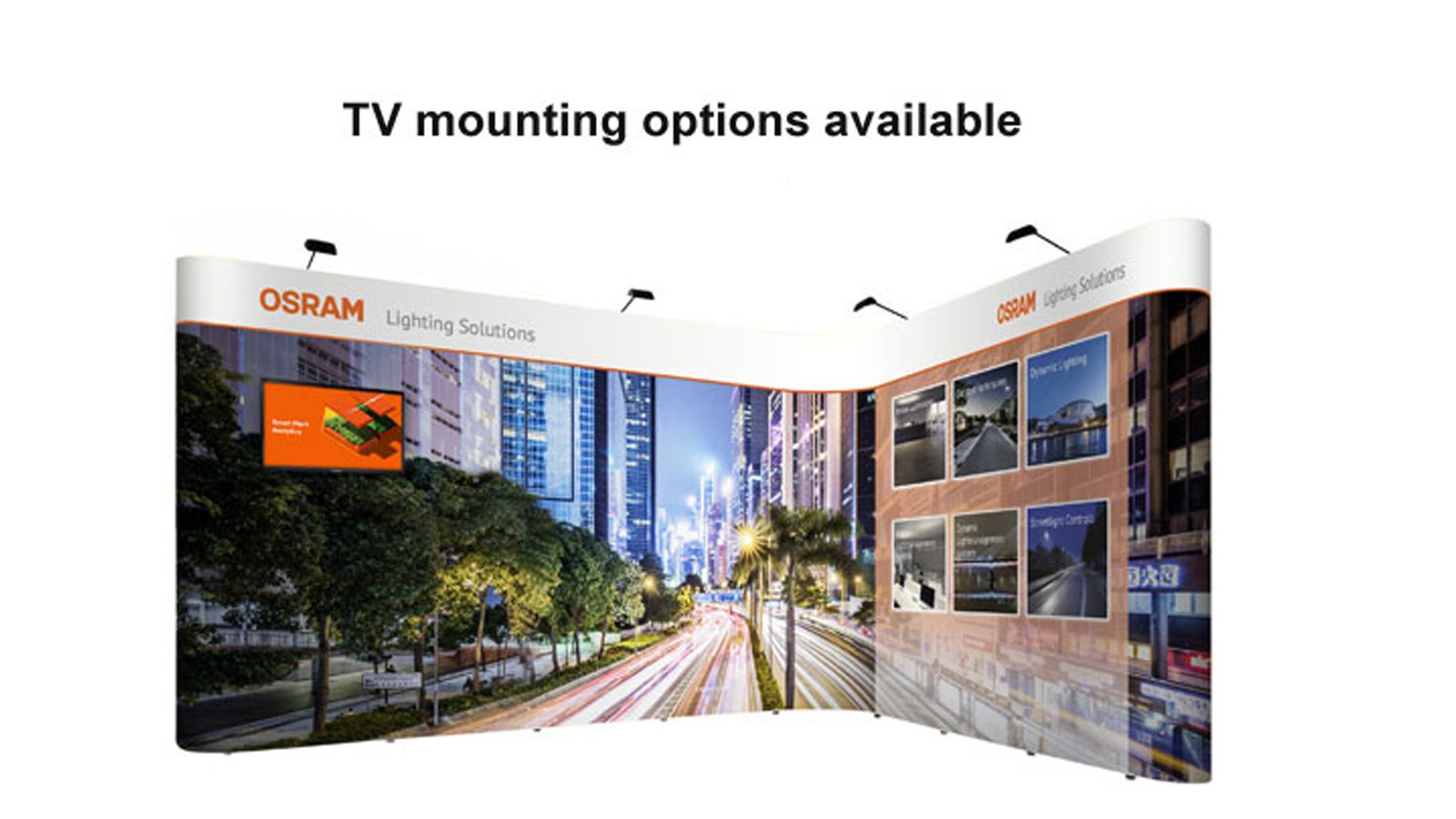Introduction
Trade shows are an essential aspect of marketing strategies for many businesses. They provide a unique opportunity for companies to showcase their products or services, connect with potential customers, and stay updated with industry trends. In this article, we will explore what a trade show is in marketing and its various aspects that make it an effective promotional tool.
The Definition of a Trade Show
A trade show, also known as an exhibition or expo, is an event where businesses from a specific industry gather to display their products or services to potential customers, industry professionals, and other businesses. These events typically take place in large convention centers or exhibition halls and can last for a few days to several weeks.
Benefits of Participating in Trade Shows
Participating in trade shows offers numerous benefits for businesses. Here are some key advantages:
1. Increased Brand Visibility
Trade shows provide an excellent platform to enhance brand visibility. By showcasing your products or services to a targeted audience, you can create awareness and attract potential customers who may not have been aware of your brand previously.
2. Face-to-Face Interaction
Unlike digital marketing methods, trade shows allow for direct, face-to-face interaction with potential customers. This personal engagement helps build trust, establish relationships, and gain valuable feedback from attendees.
3. Lead Generation
Trade shows are a prime opportunity to generate leads. By collecting contact information from interested attendees, you can build a database of potential customers and follow up with them after the event.
4. Networking
Trade shows bring together professionals from the same industry, creating a networking hub. It allows businesses to connect with industry experts, potential partners, and suppliers, opening doors for collaborations and growth opportunities.
5. Competitive Insight
Attending trade shows provides a chance to observe and learn from competitors. By analyzing their booth designs, marketing strategies, and product offerings, you can gain valuable insights into the industry landscape and stay ahead of the competition.
Components of a Trade Show
A trade show consists of various components that come together to create a successful marketing event. Let's delve into the essential elements:
1. Exhibition Space
This is where businesses set up their booths or stands to showcase their products or services. The exhibition space can vary in size, depending on the event and the budget of the participating companies.
2. Booth Design
The design of your booth plays a crucial role in attracting visitors. It should be visually appealing, align with your brand identity, and effectively communicate your message. A well-designed booth can significantly impact the success of your trade show participation.
3. Marketing Collateral
Trade show attendees receive a vast amount of information during the event. To stand out, it's important to have visually appealing and informative marketing collateral such as brochures, flyers, and business cards.
4. Product Demonstrations
One of the primary goals of a trade show is to allow potential customers to experience your products or services firsthand. Live product demonstrations can help create excitement and generate interest among attendees.
5. Presentations and Seminars
Trade shows often include presentations and seminars where industry experts share insights, trends, and best practices. Attending these sessions can provide valuable knowledge and further establish your brand as an authority in the industry.
Measuring Trade Show Success
It's essential to measure the success of your trade show participation to evaluate its effectiveness and justify the investment. Here are some key metrics to consider:
1. Return on Investment (ROI)
Calculate the return on investment by comparing the revenue generated from the trade show leads and sales with the total cost of participation, including booth rental, travel expenses, and marketing collateral.
2. Lead Conversion Rate
Determine the percentage of leads generated from the trade show that convert into actual customers. This metric helps assess the quality of leads and the effectiveness of your follow-up strategies.
3. Brand Awareness and Recognition
Measure the increase in brand awareness and recognition following the trade show. This can be done through surveys, social media mentions, website traffic, and media coverage.
4. Customer Feedback
Solicit feedback from trade show attendees to gauge their satisfaction with your products or services, booth design, and overall experience. Constructive feedback can help identify areas for improvement and enhance future trade show participation.
Conclusion
Trade shows are a powerful marketing tool that allows businesses to connect with potential customers, increase brand visibility, and stay ahead of the competition. By understanding the components of a trade show and measuring its success, companies can maximize the benefits and make informed decisions for future marketing strategies.

